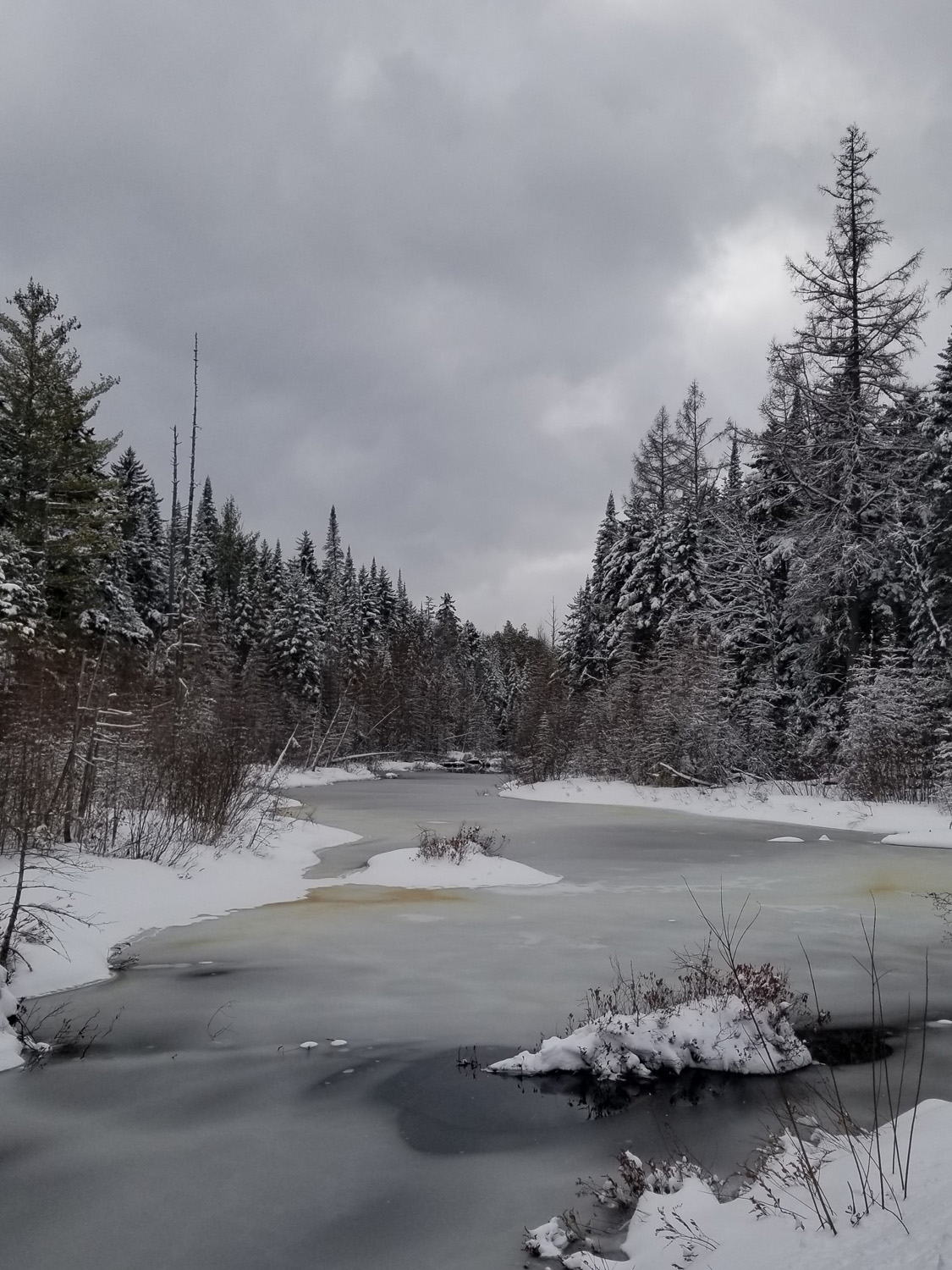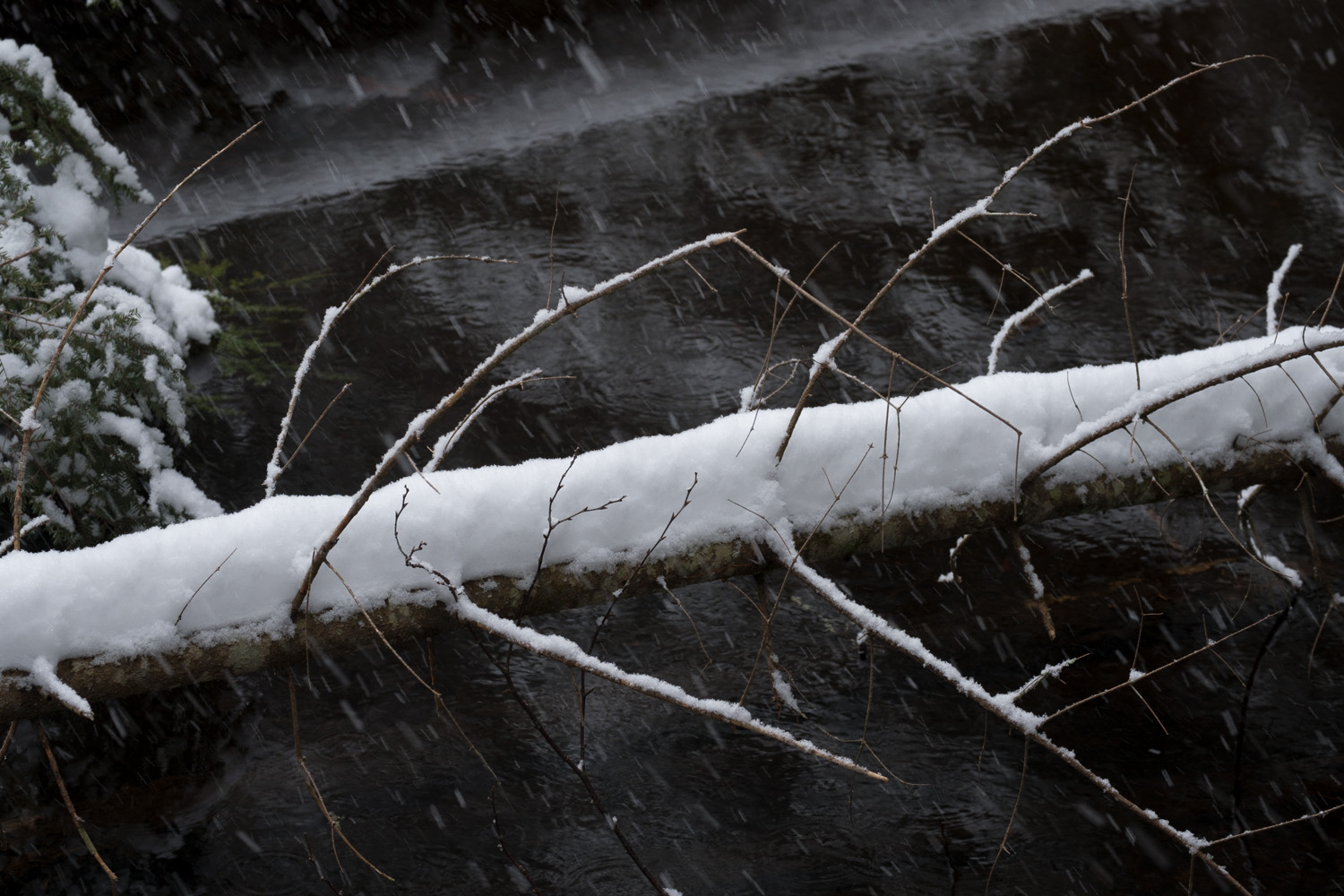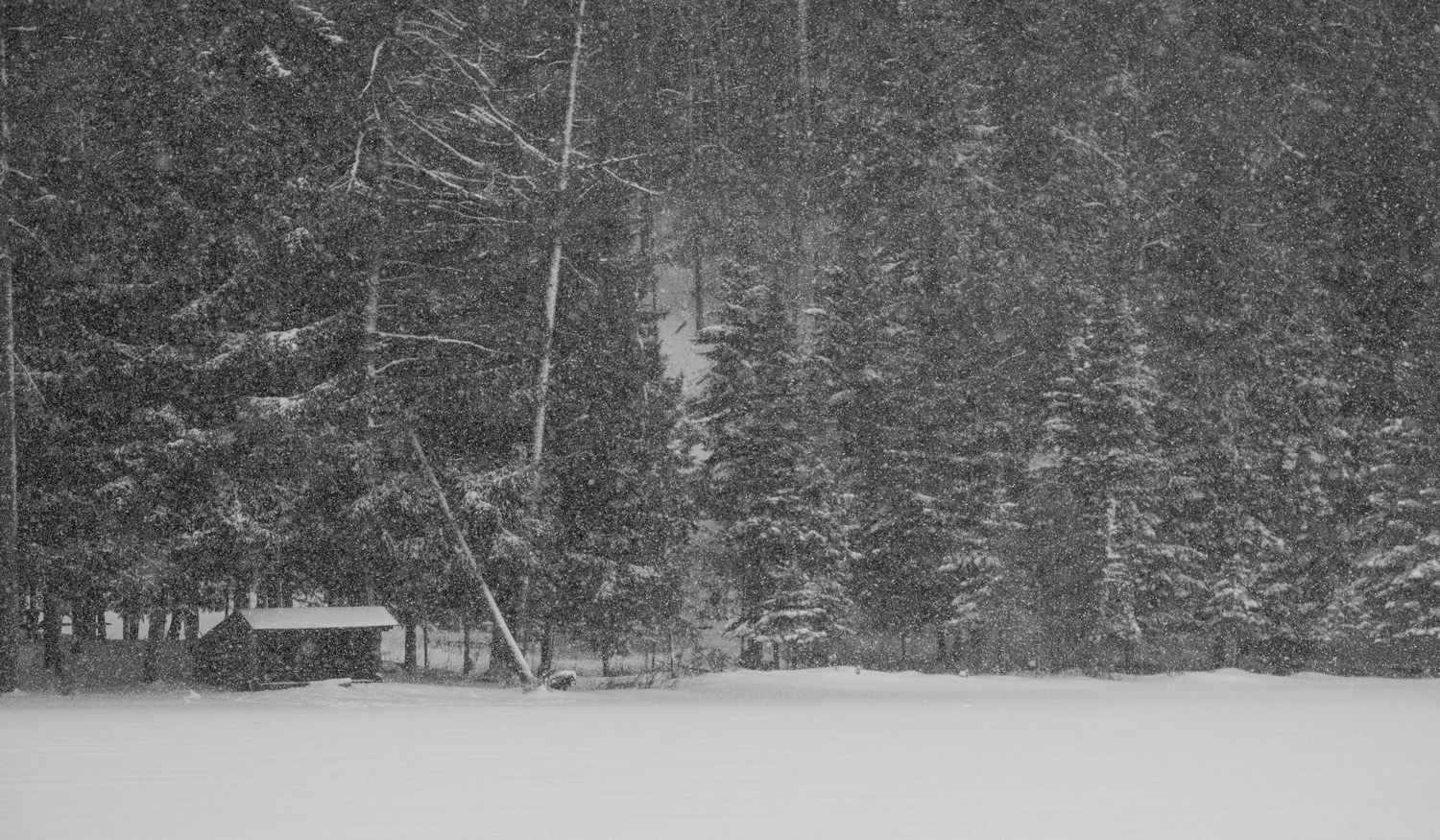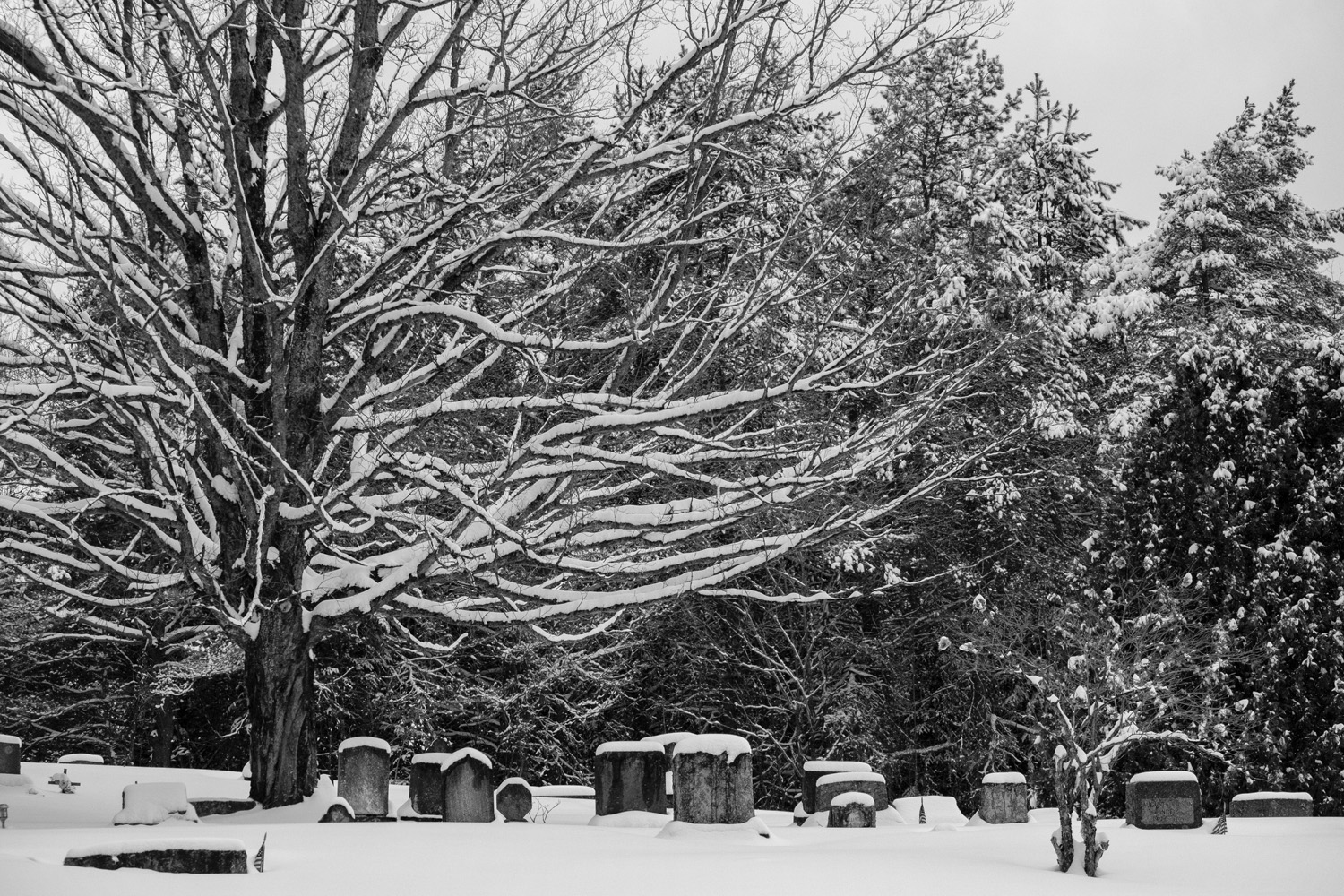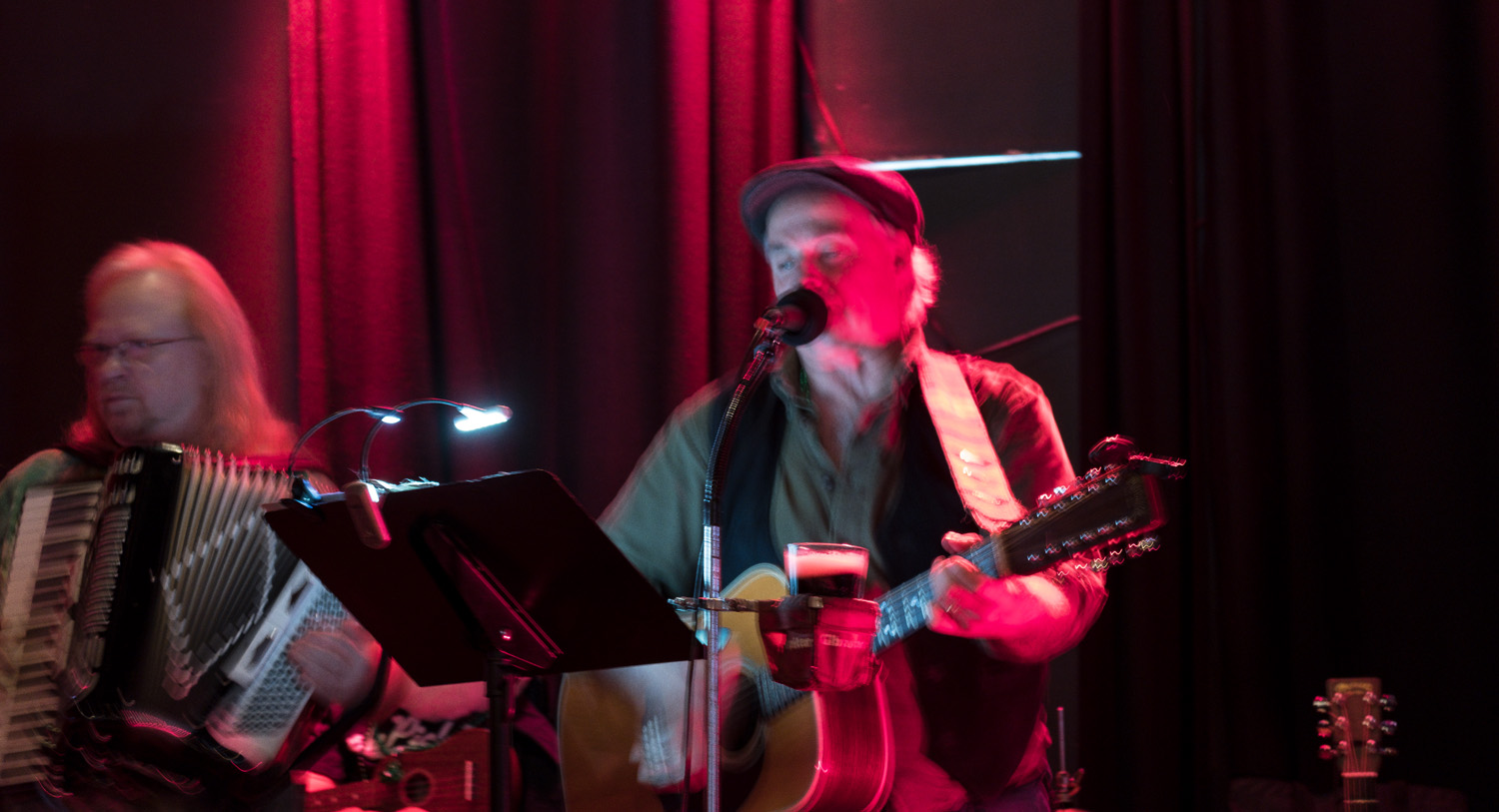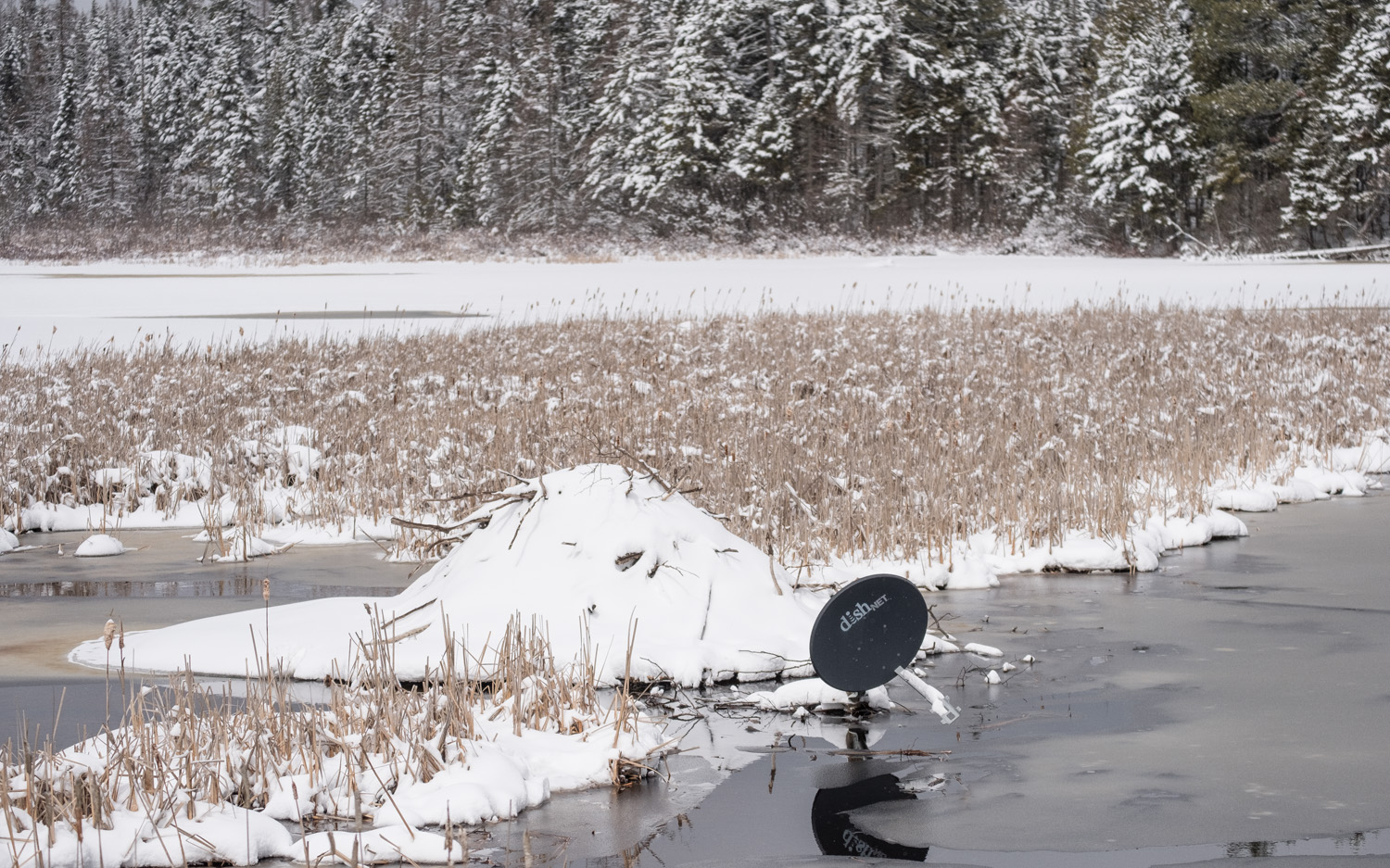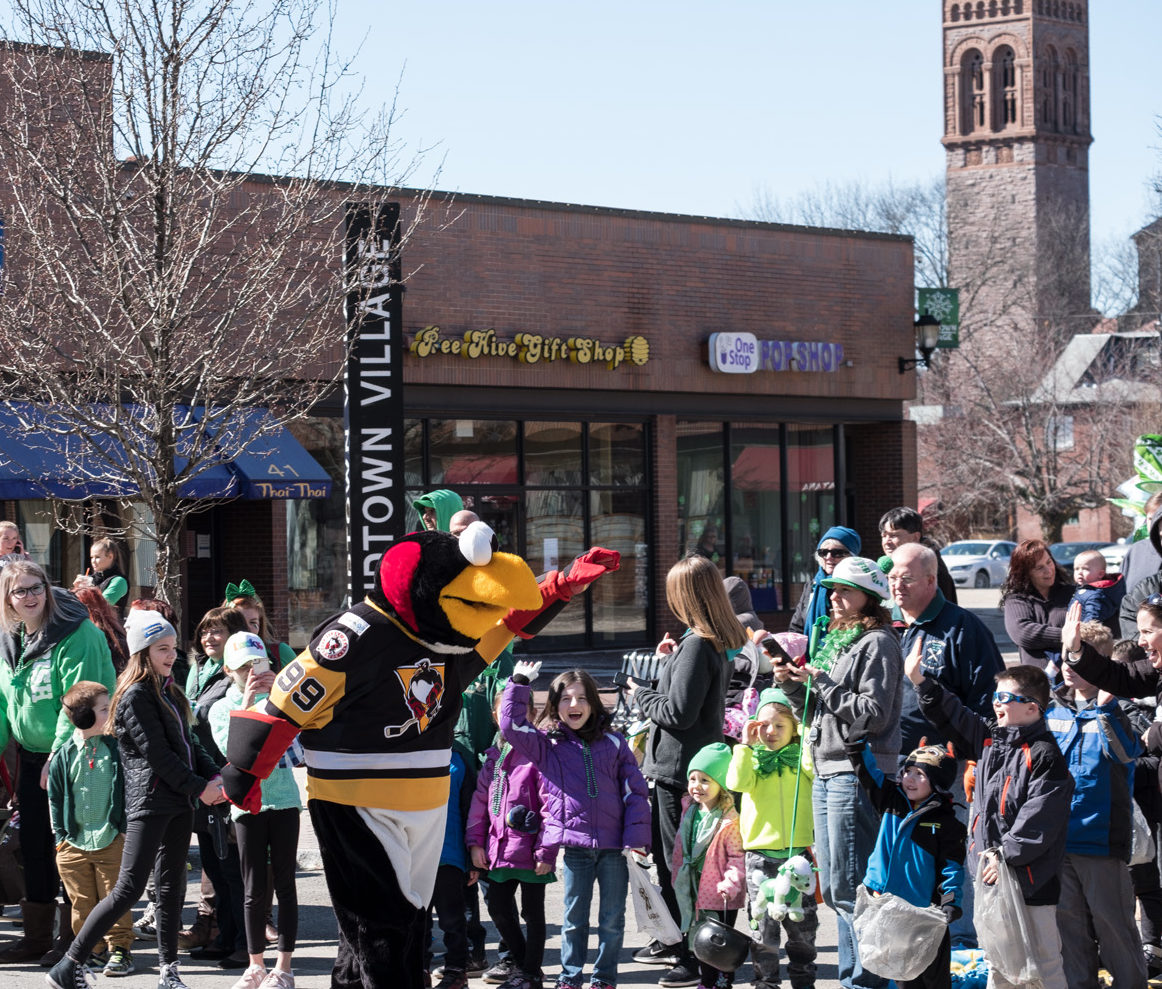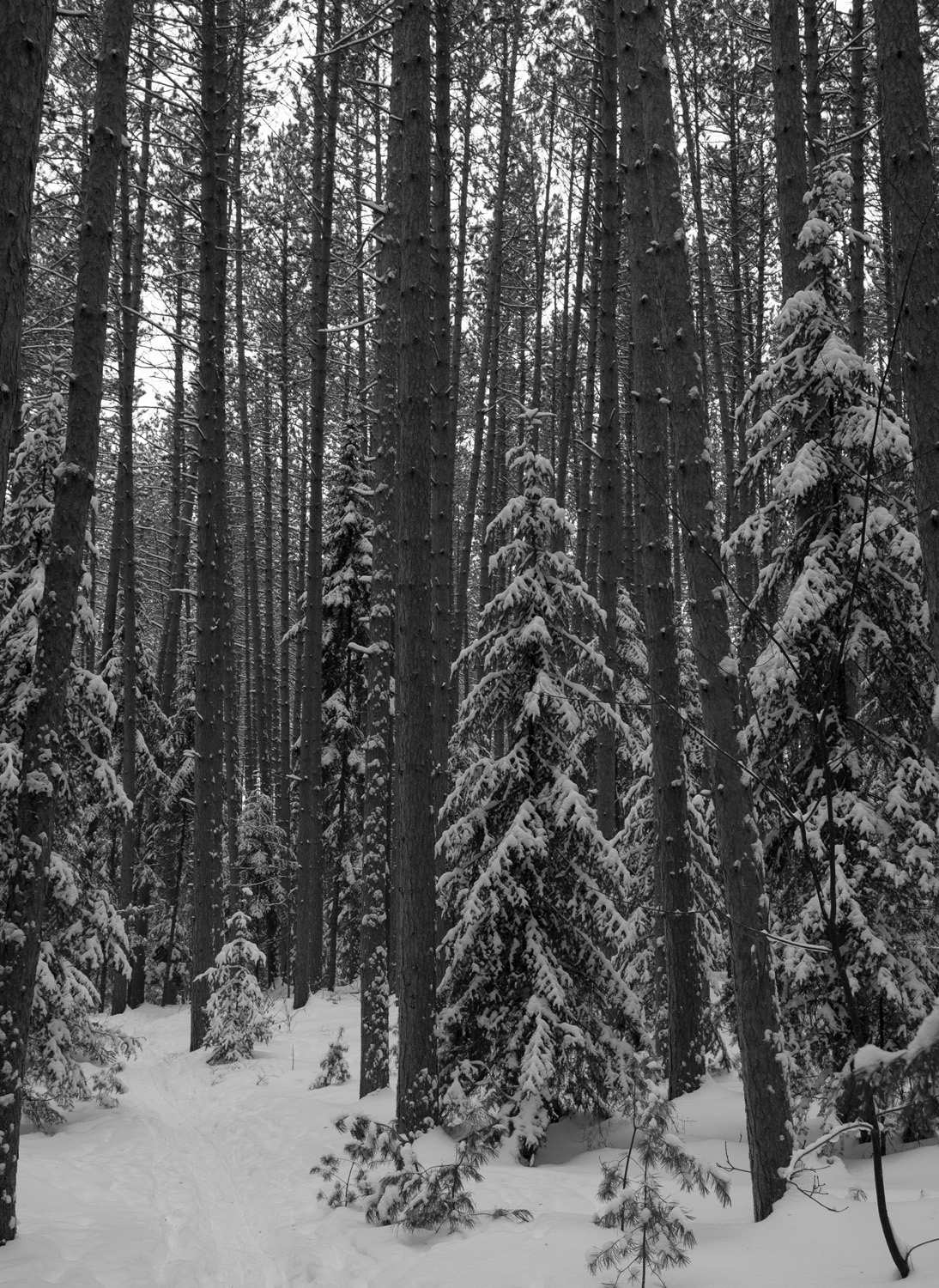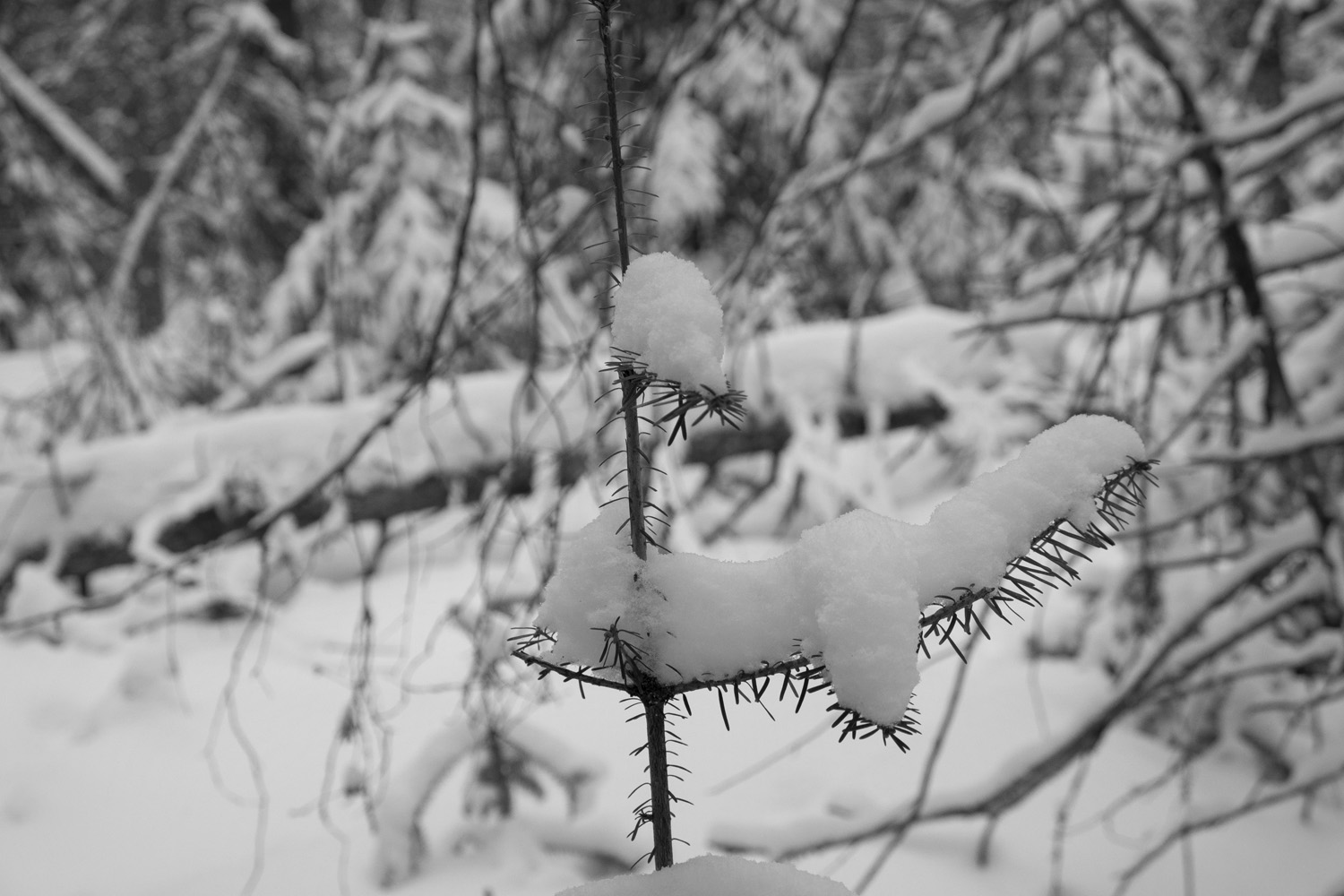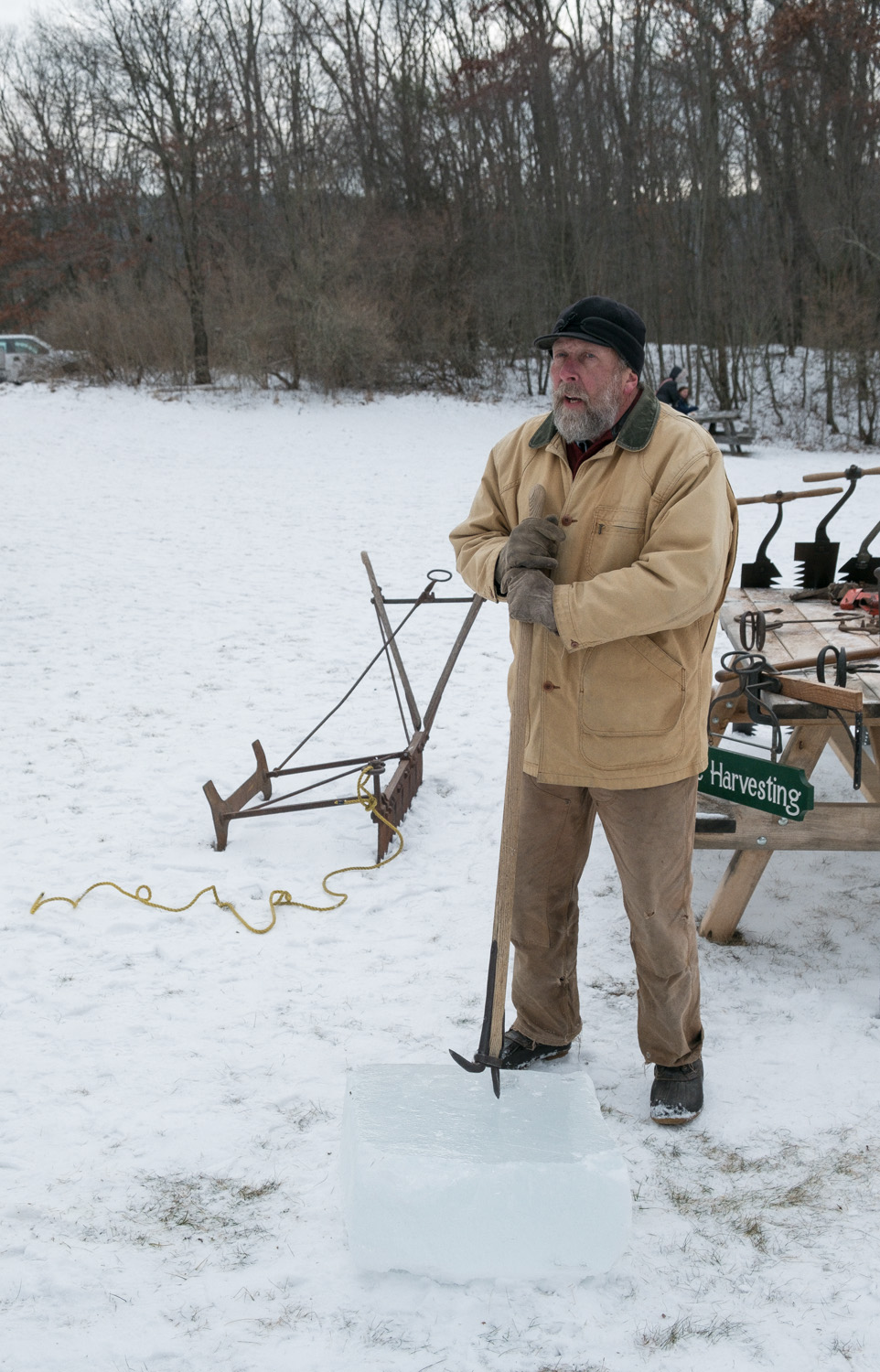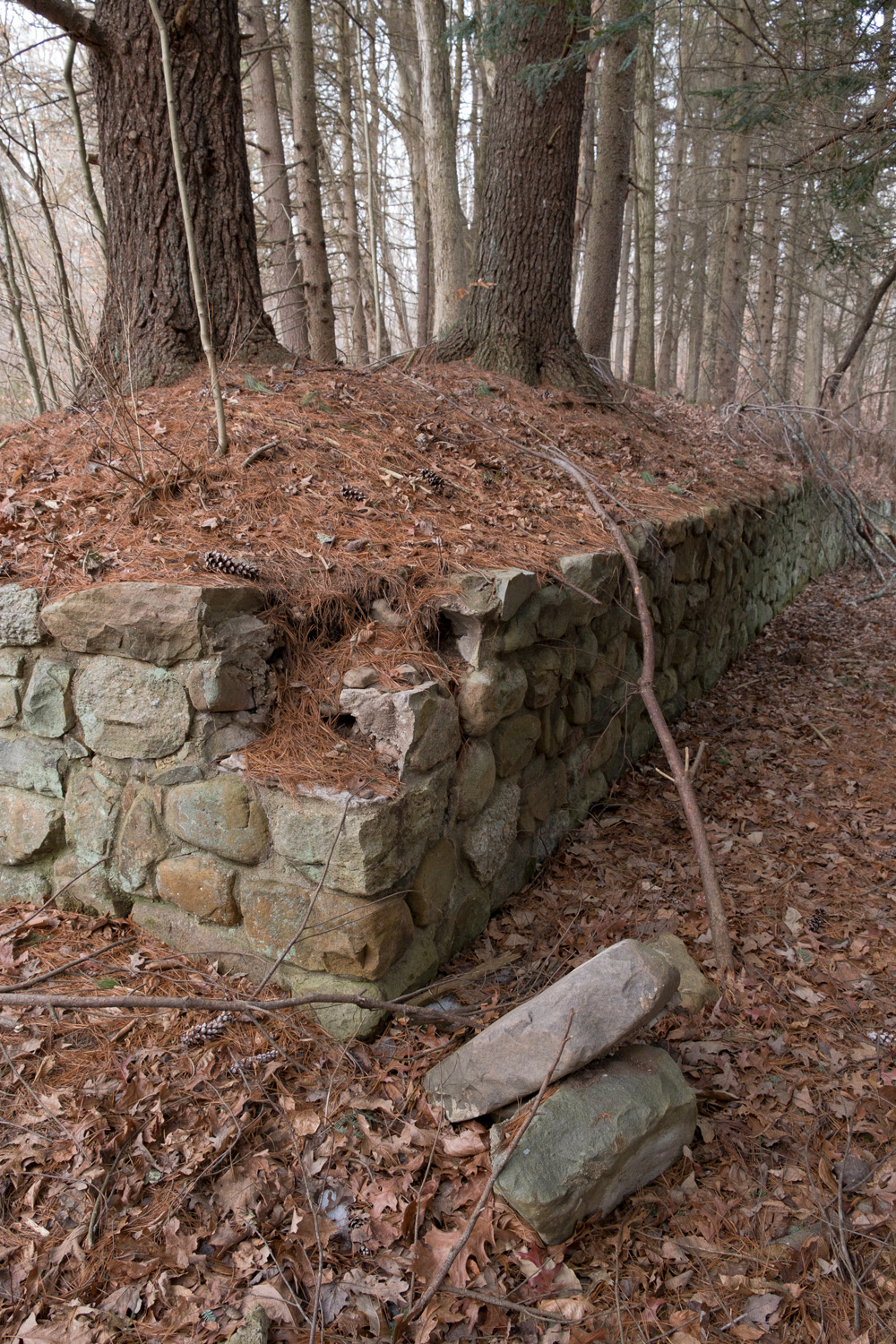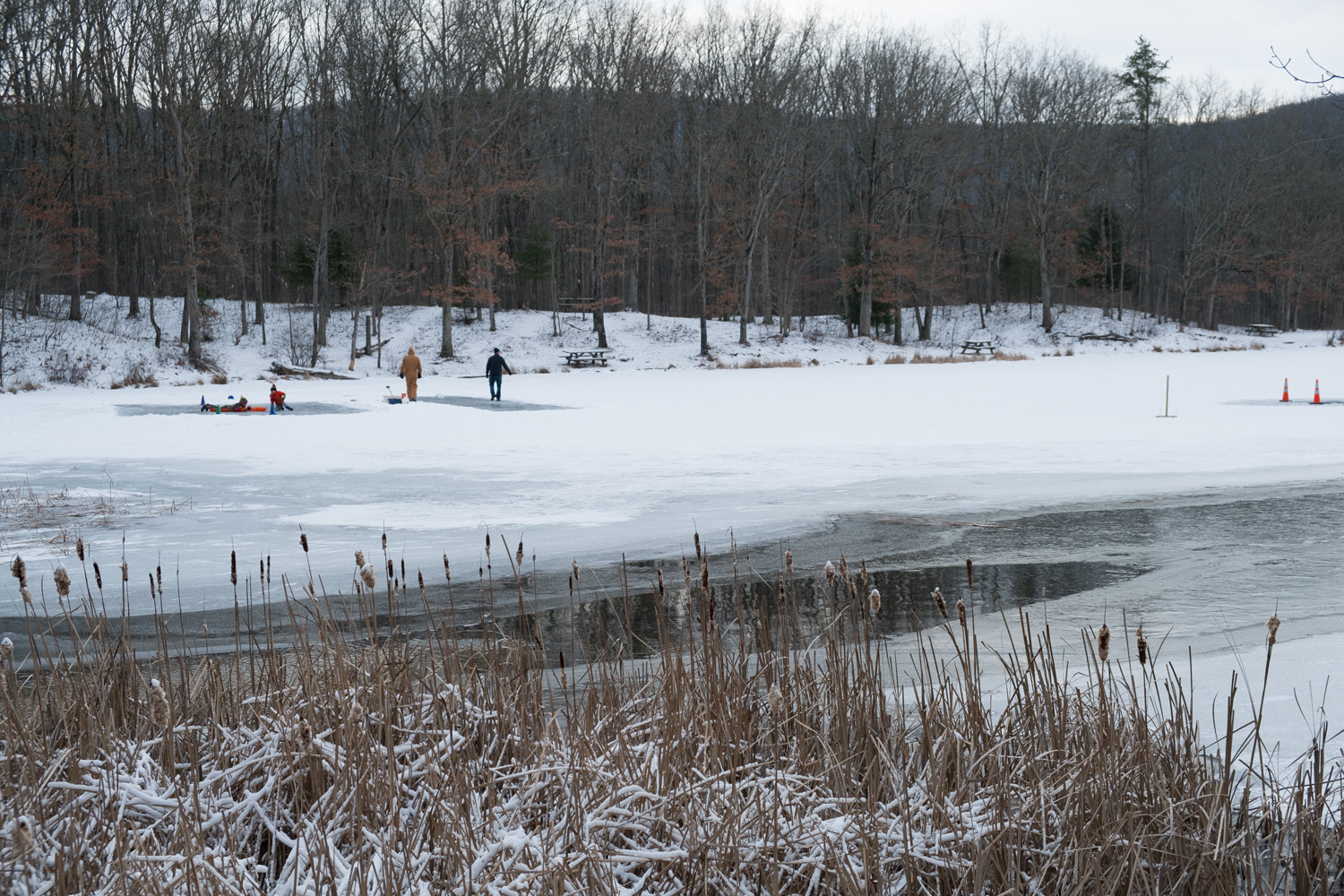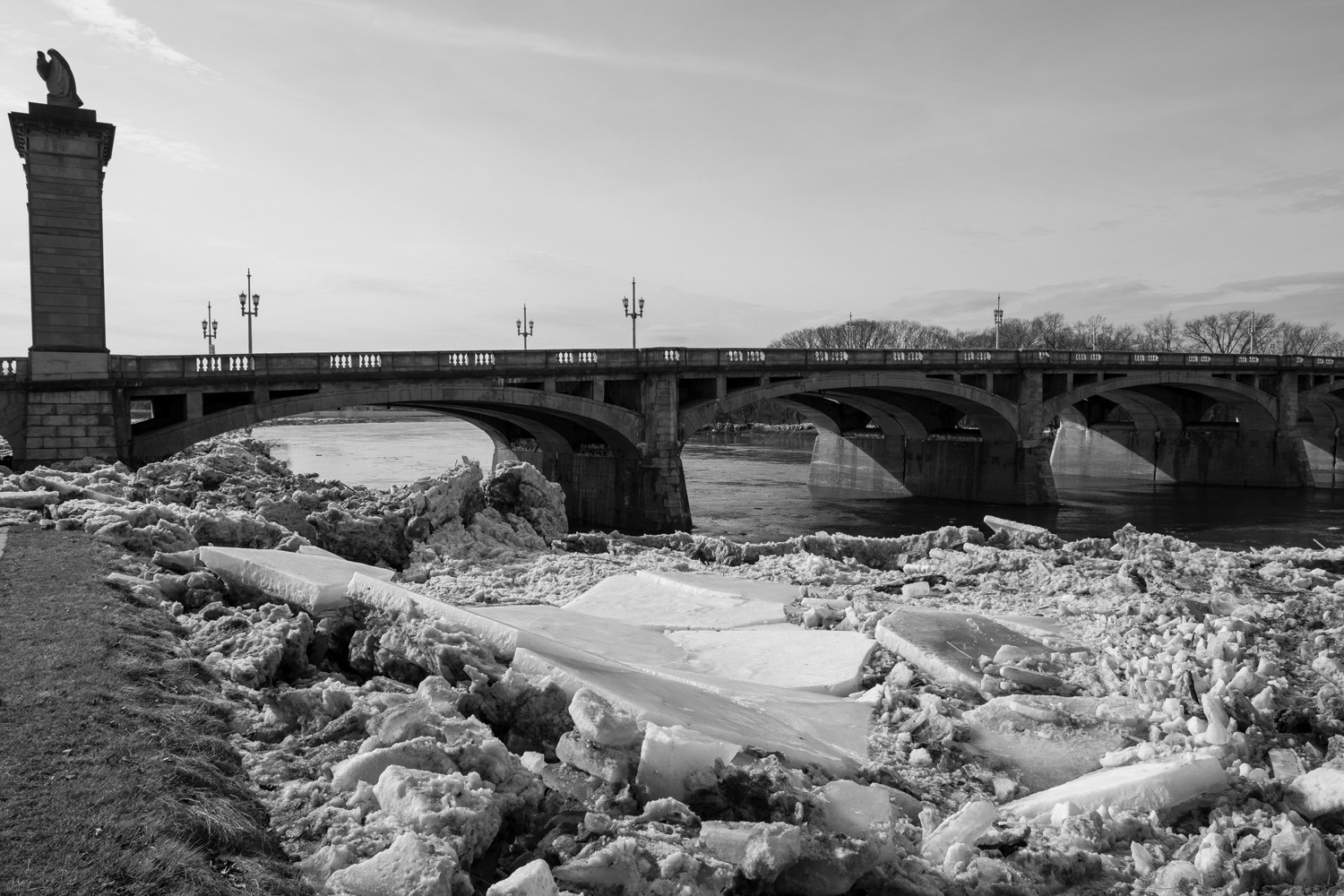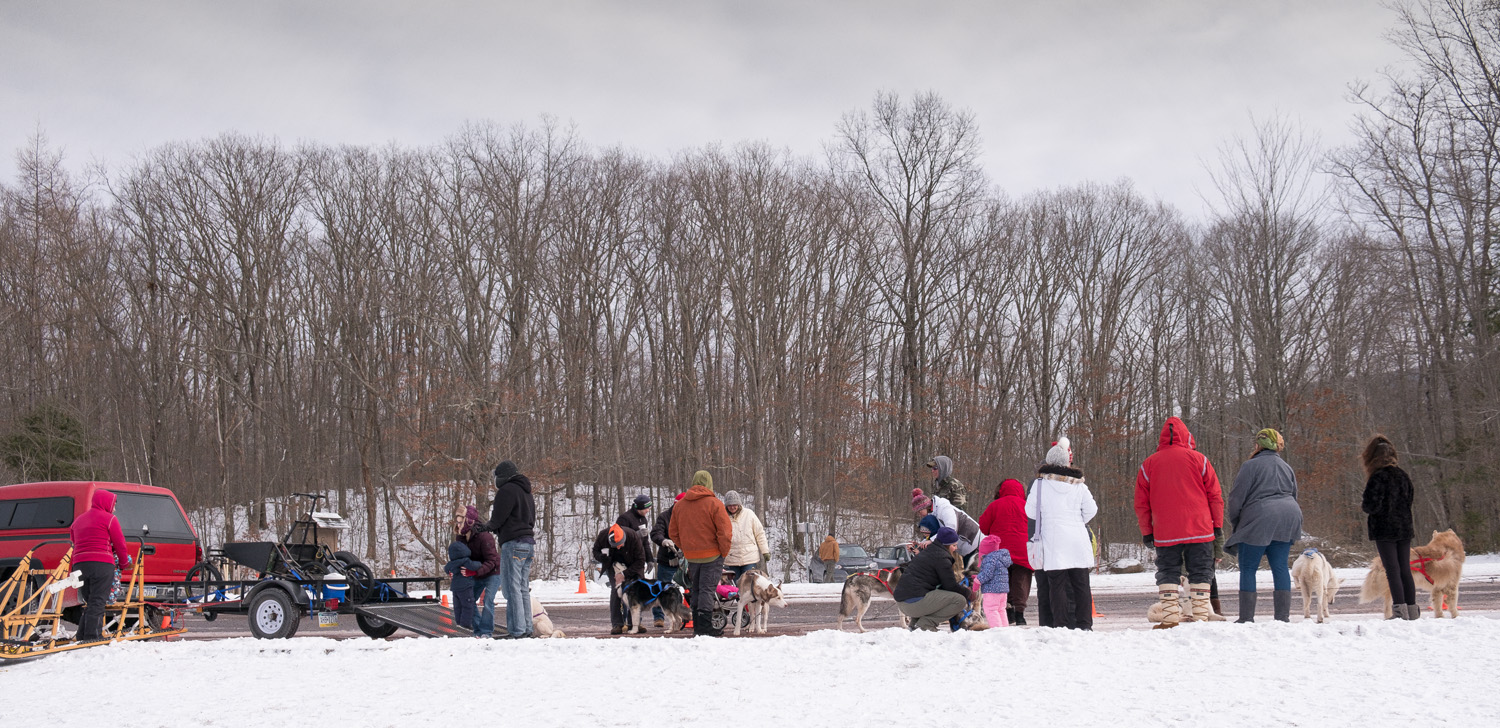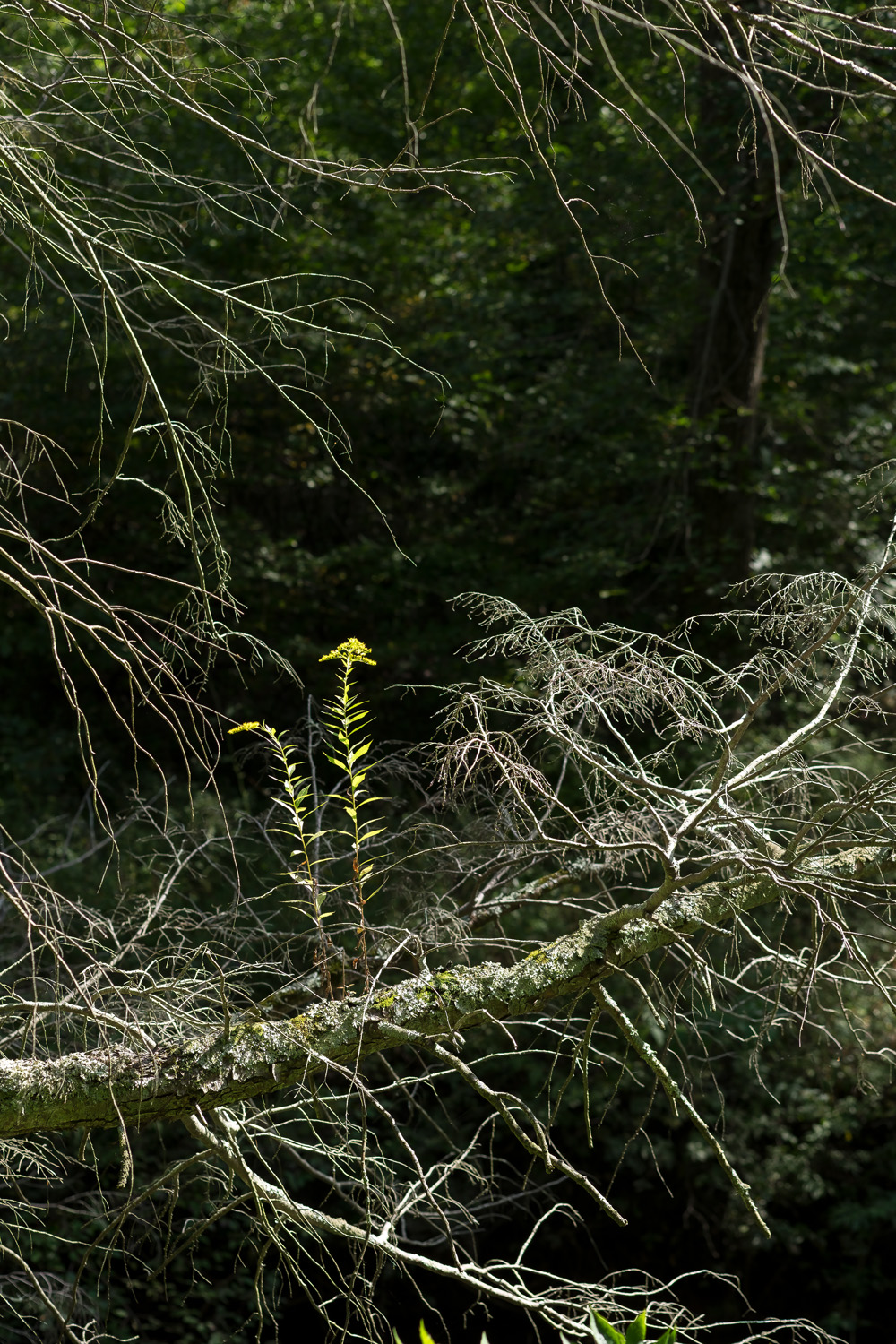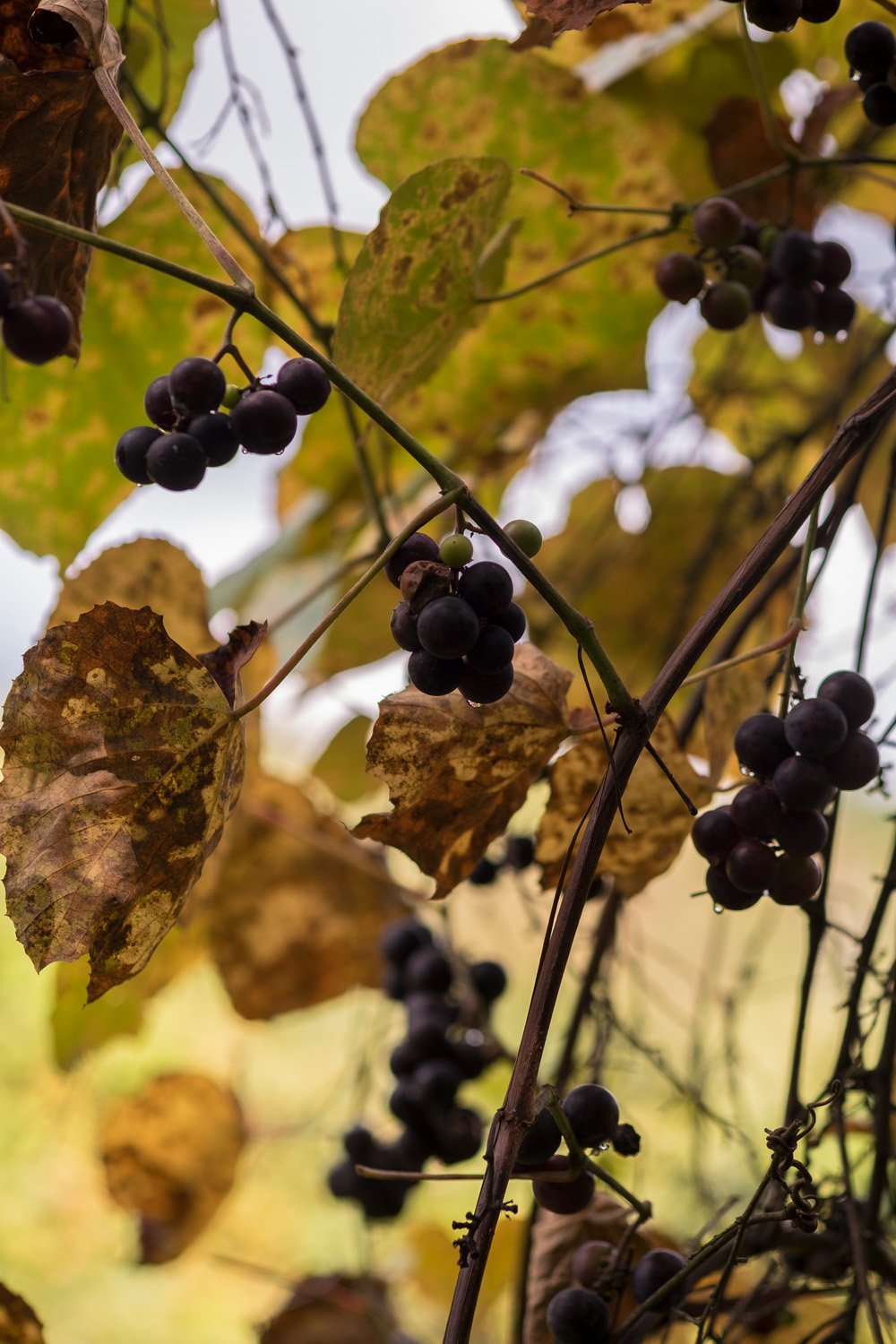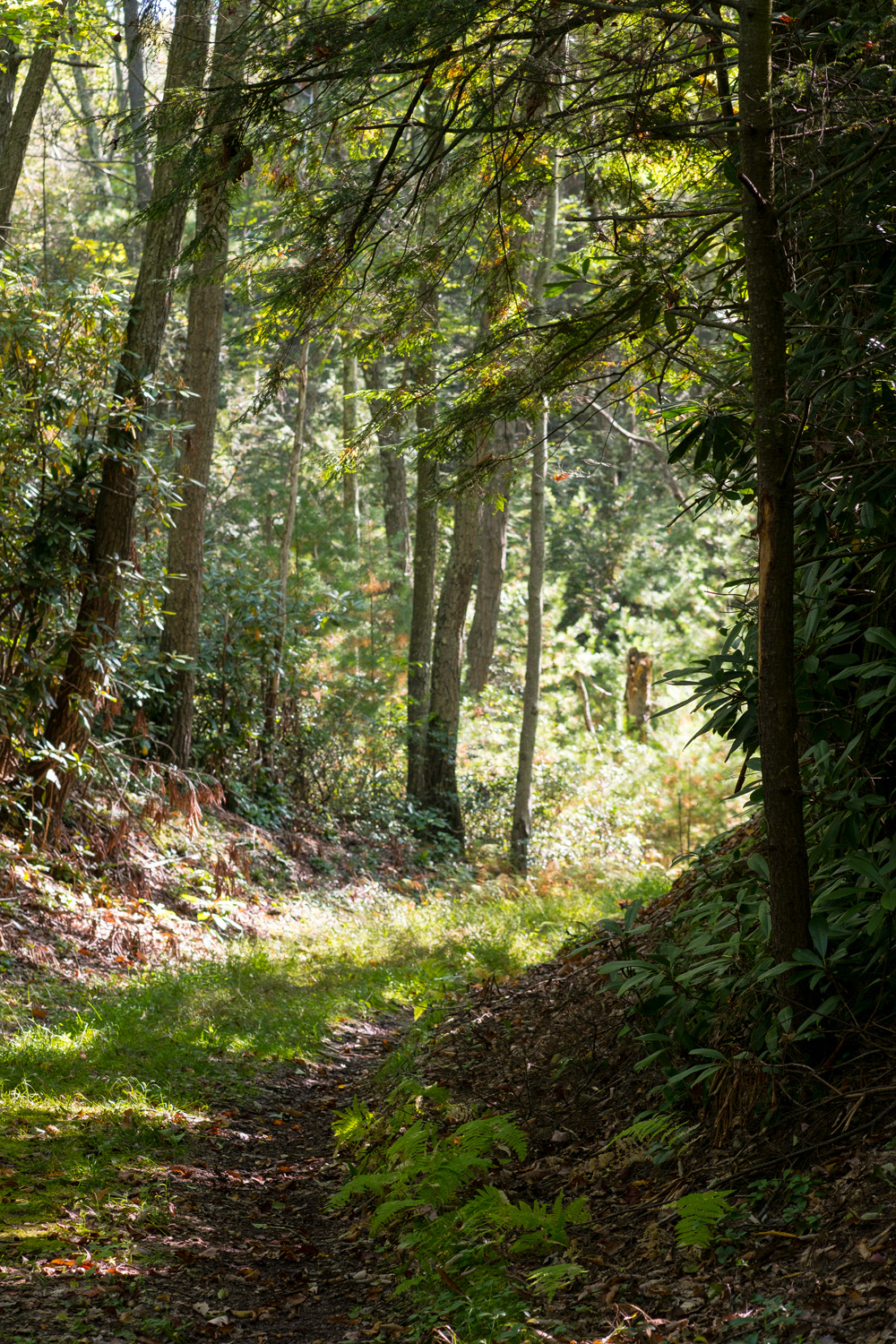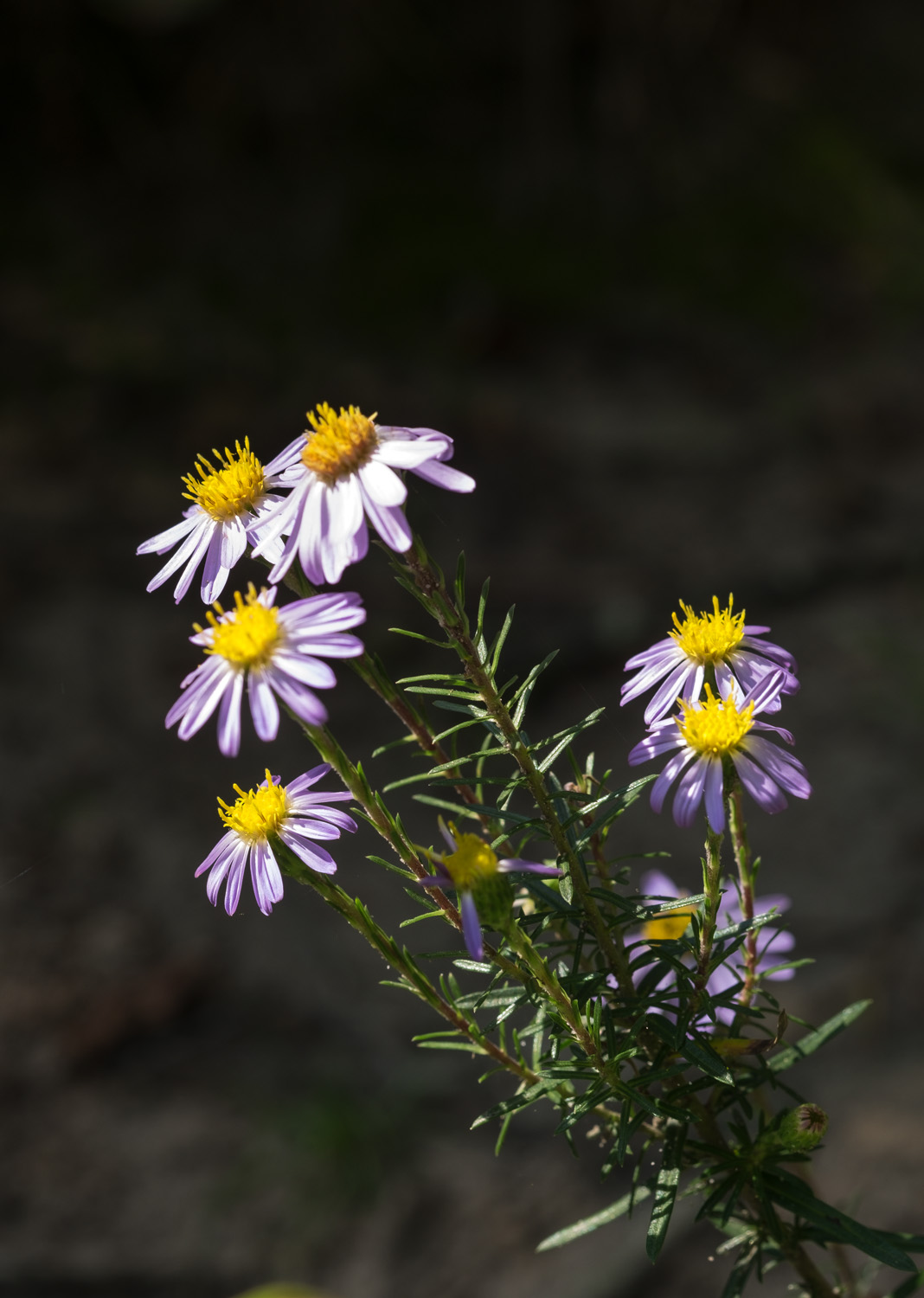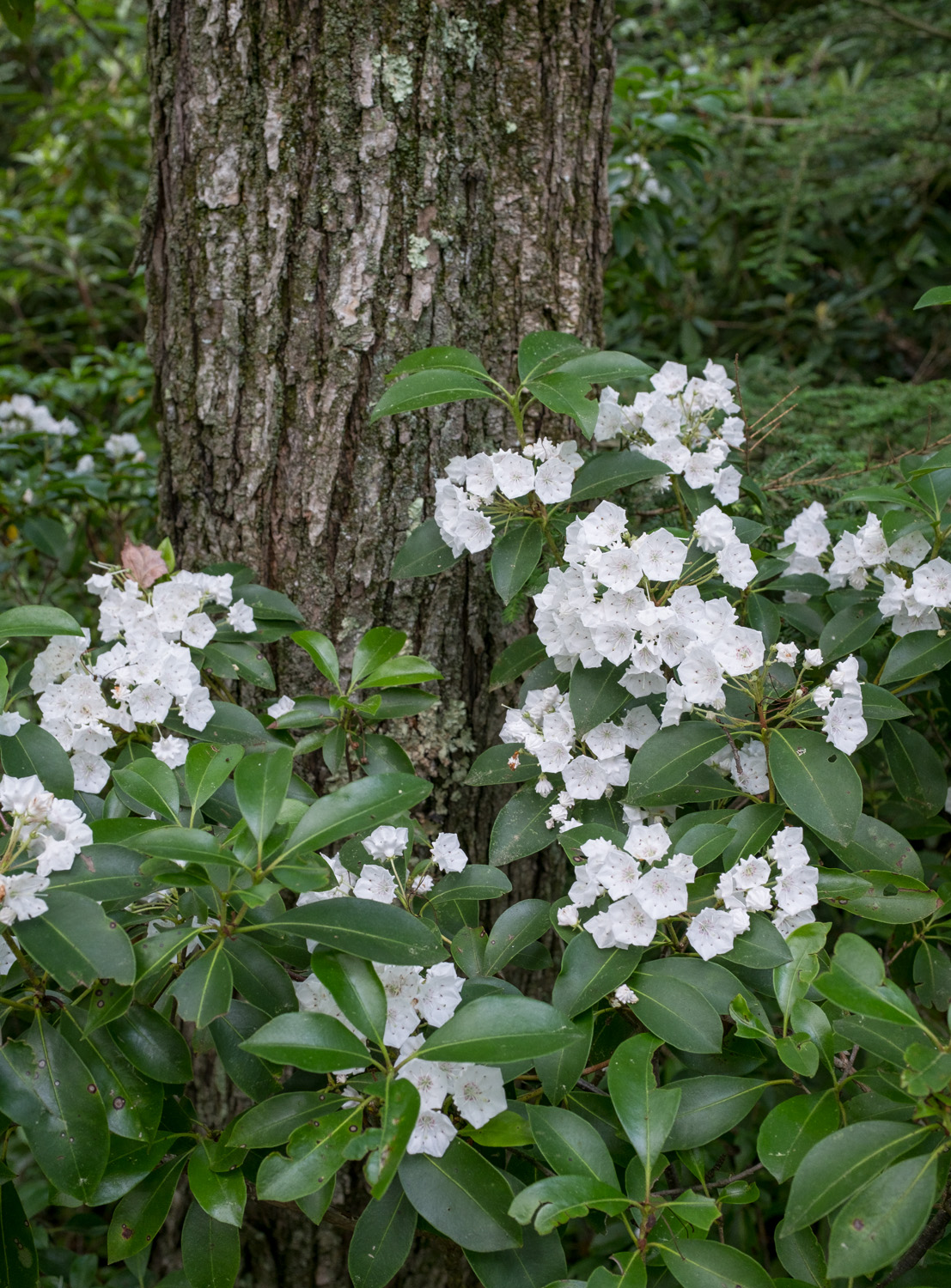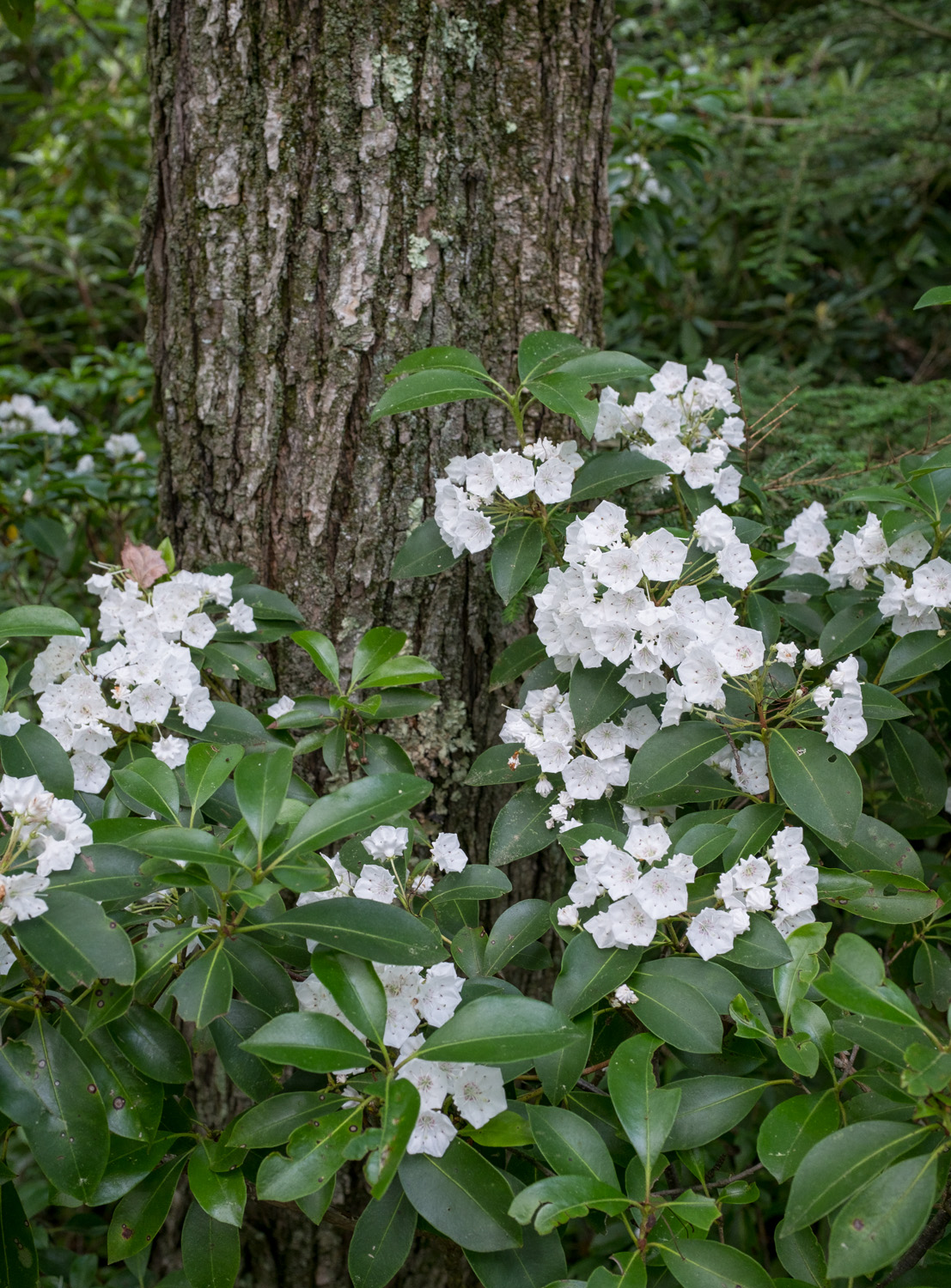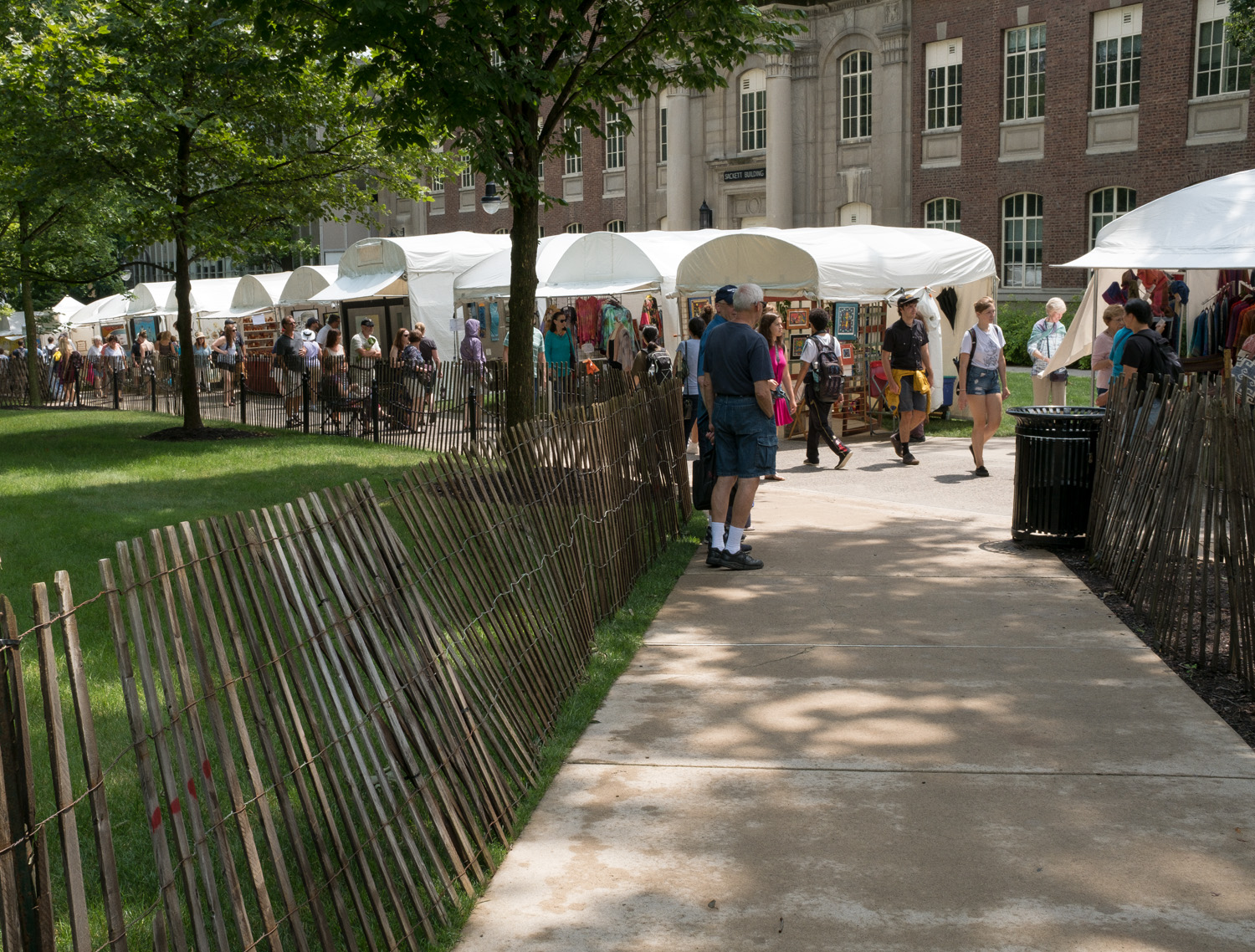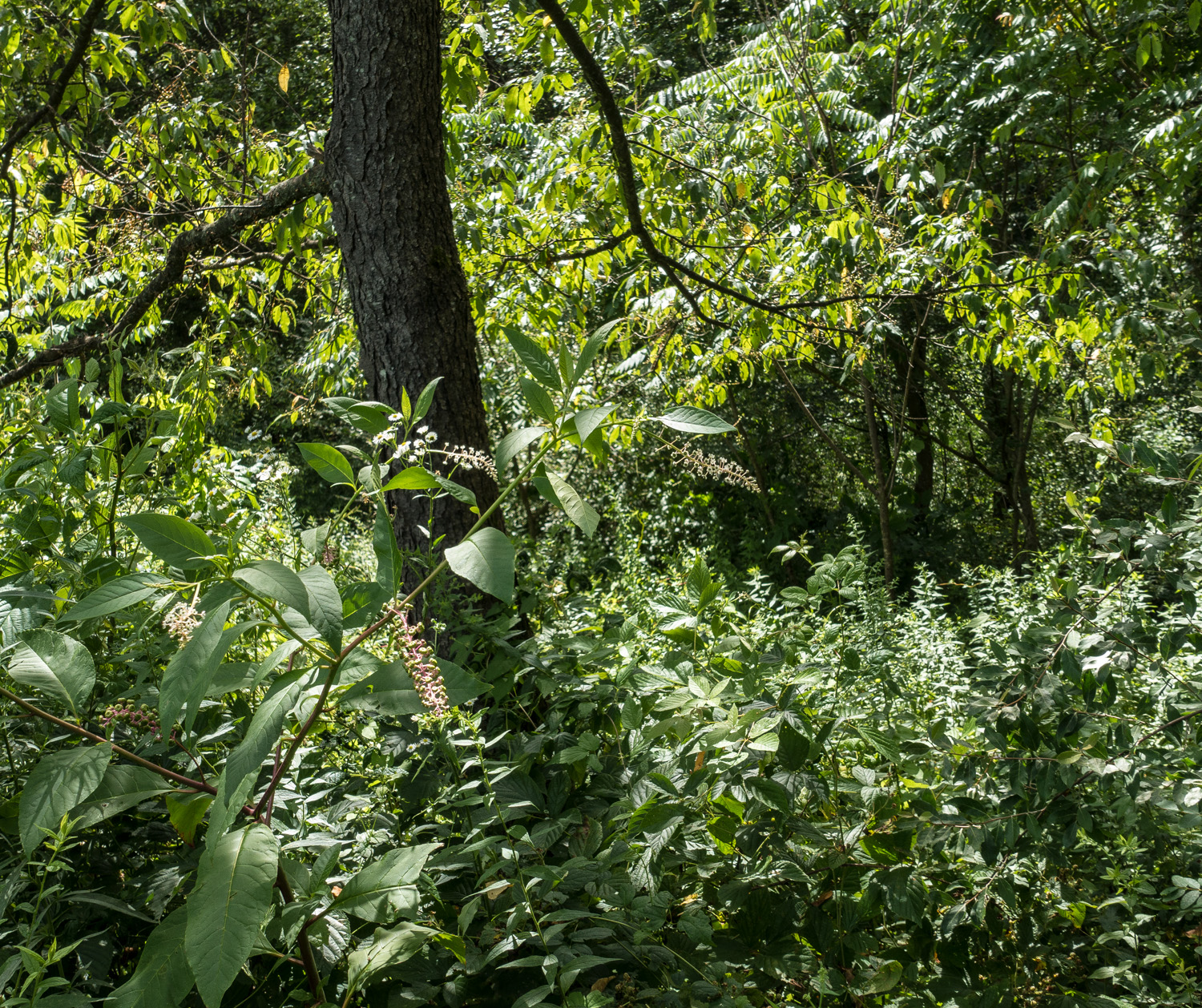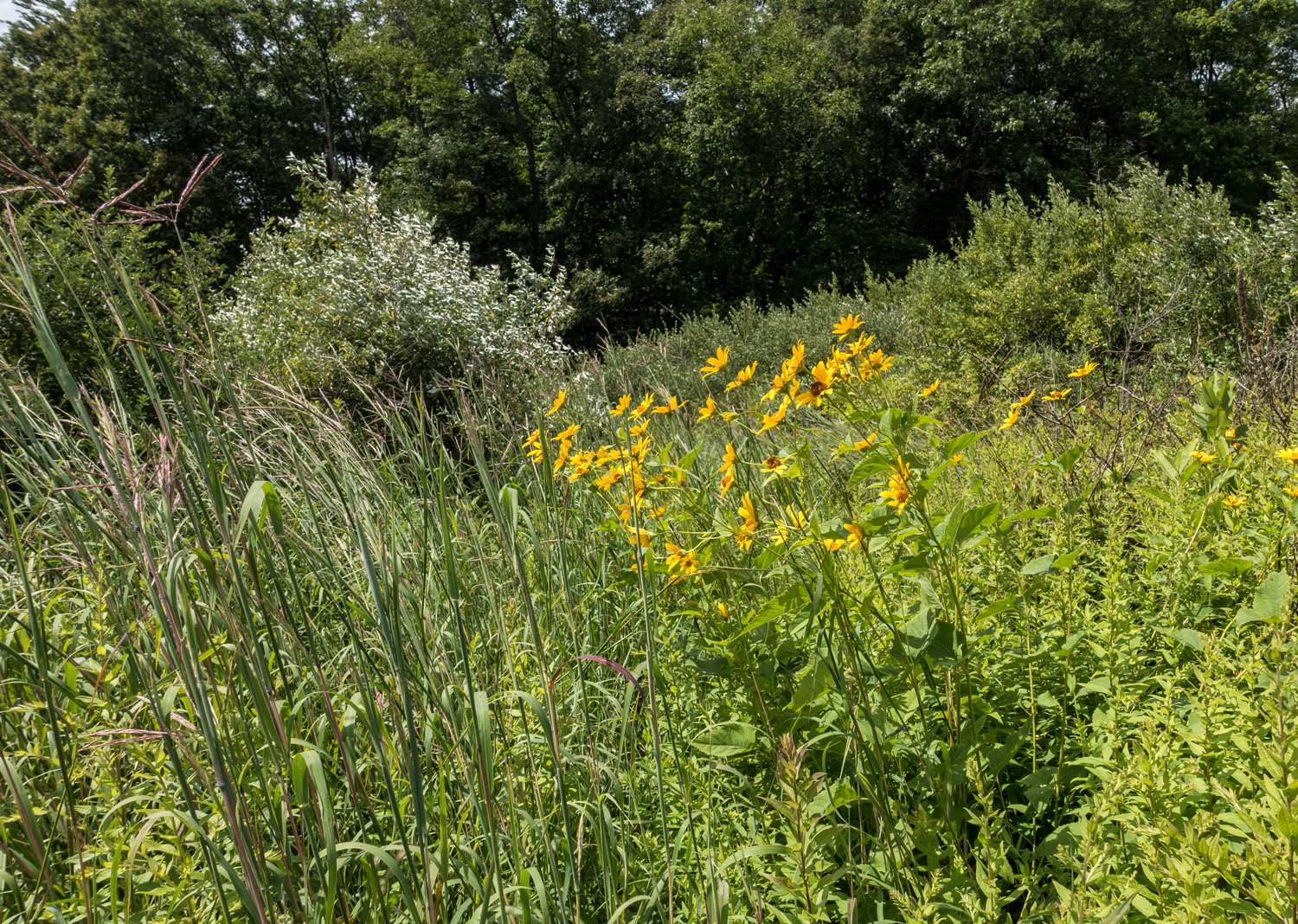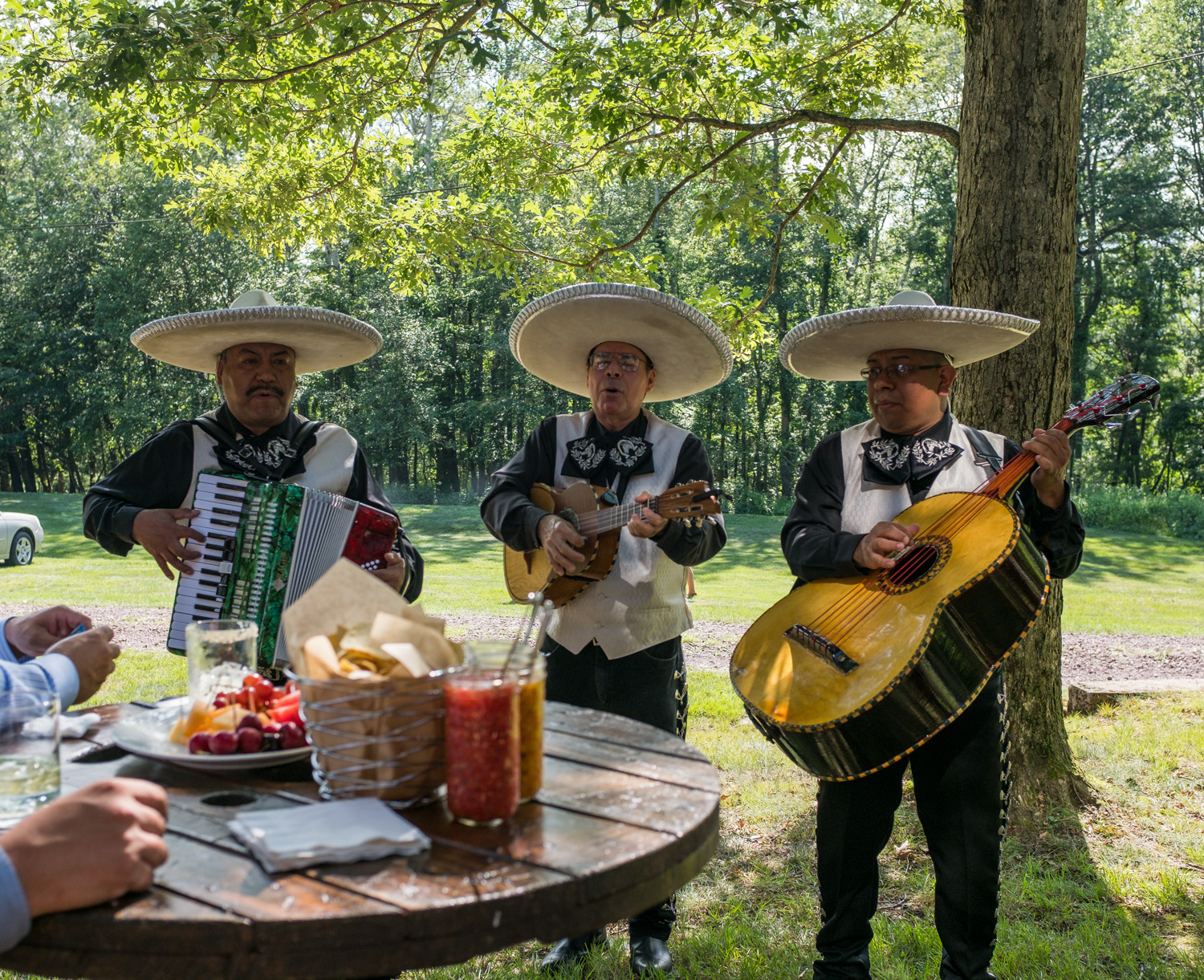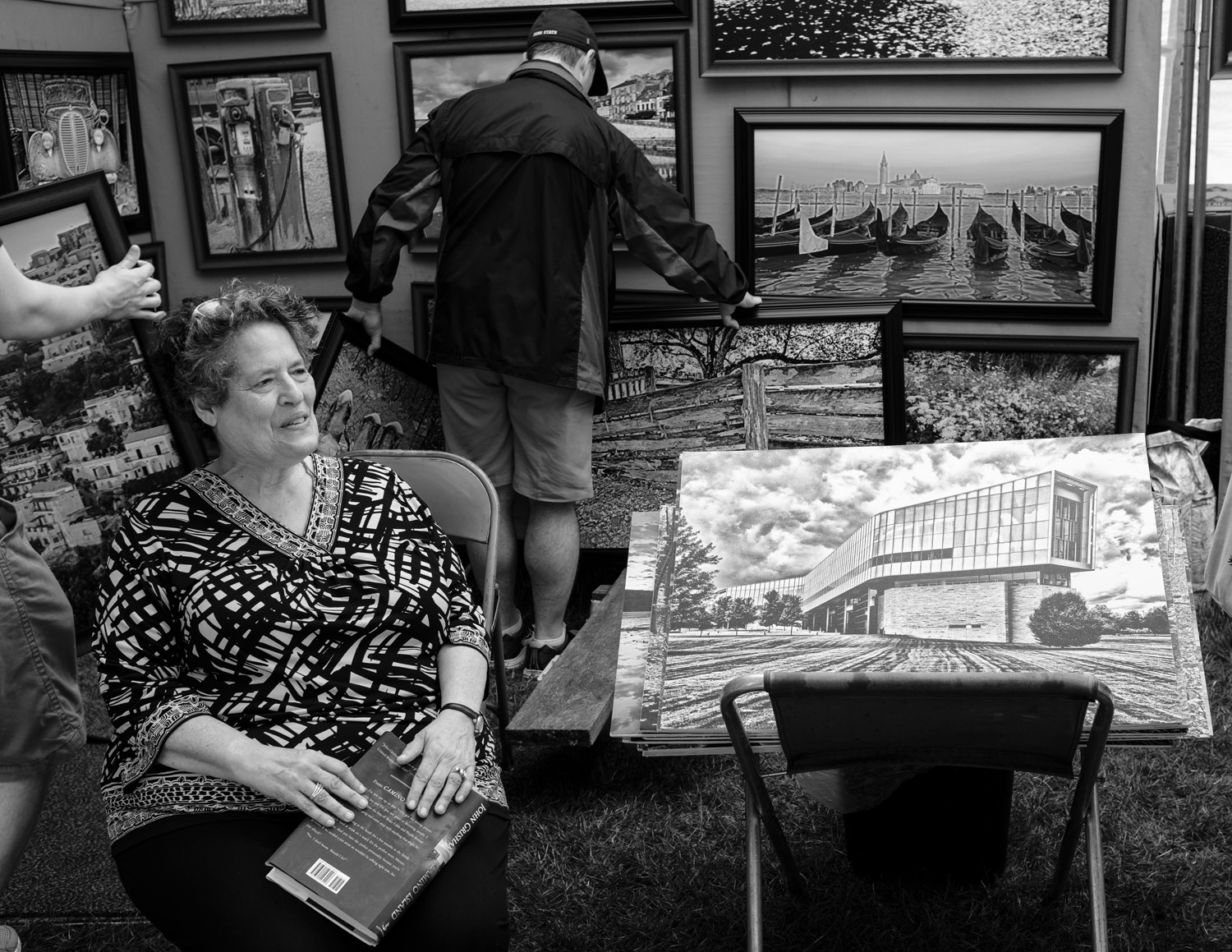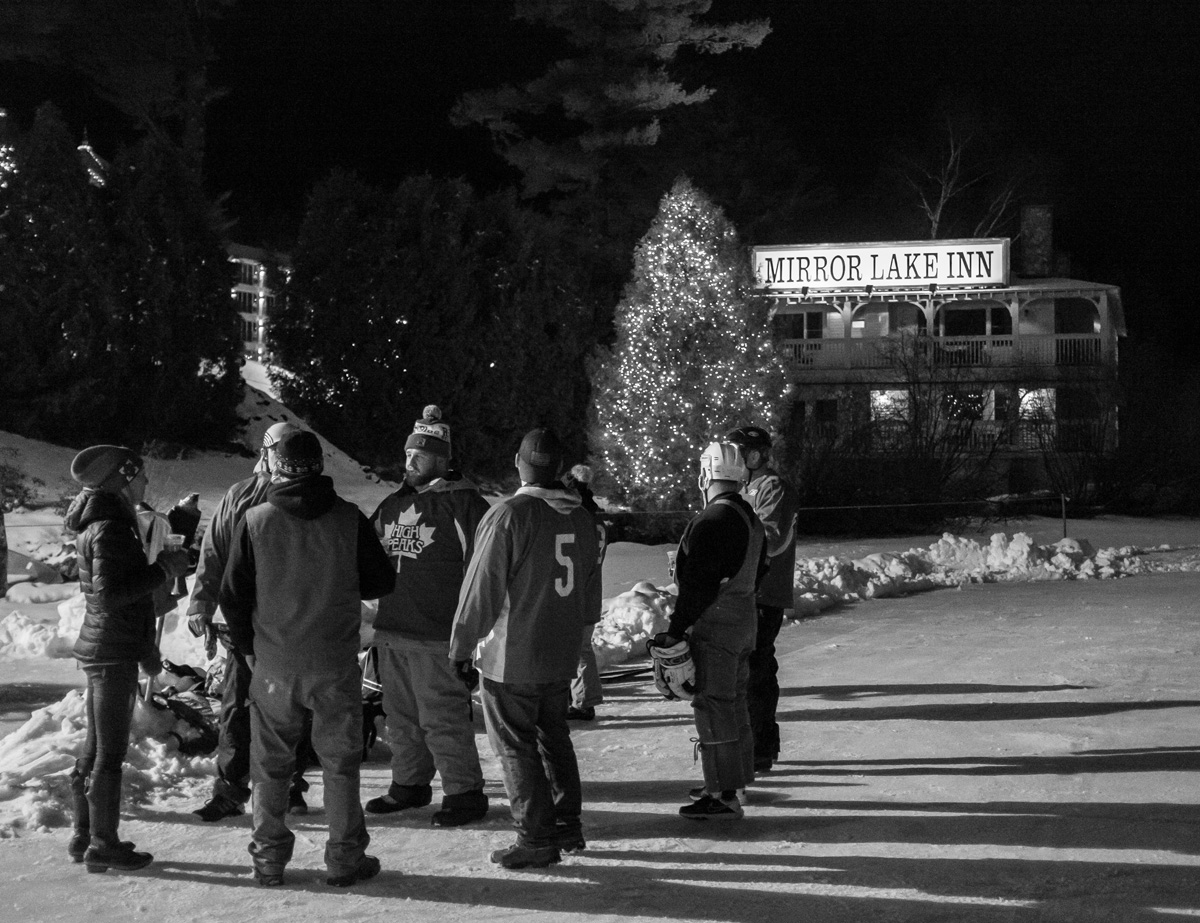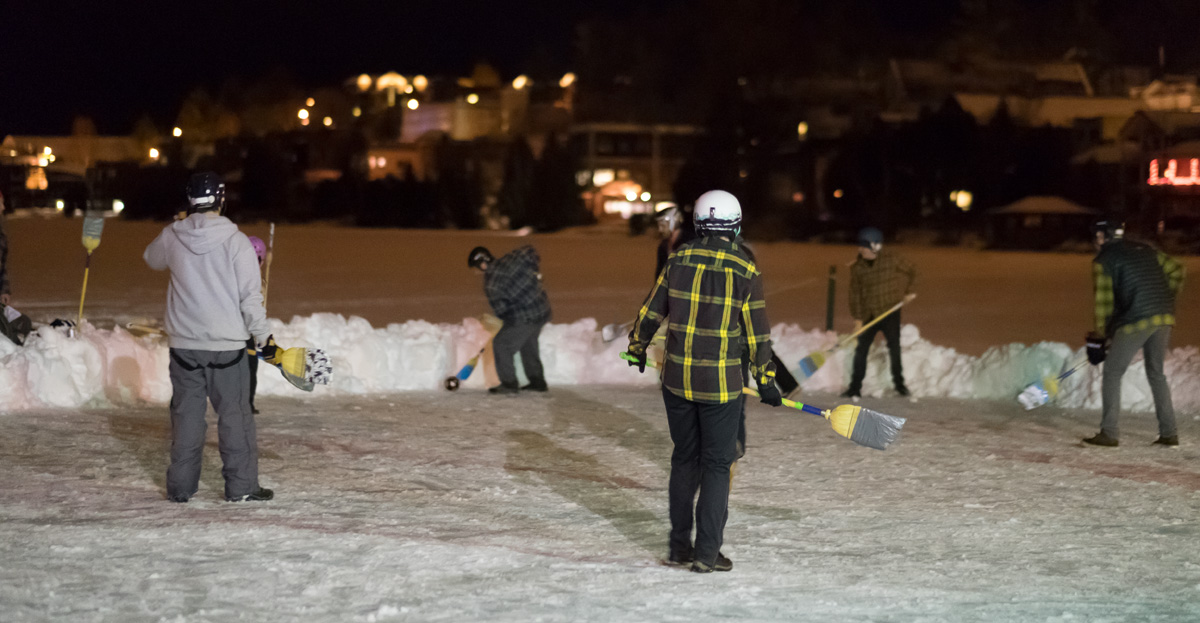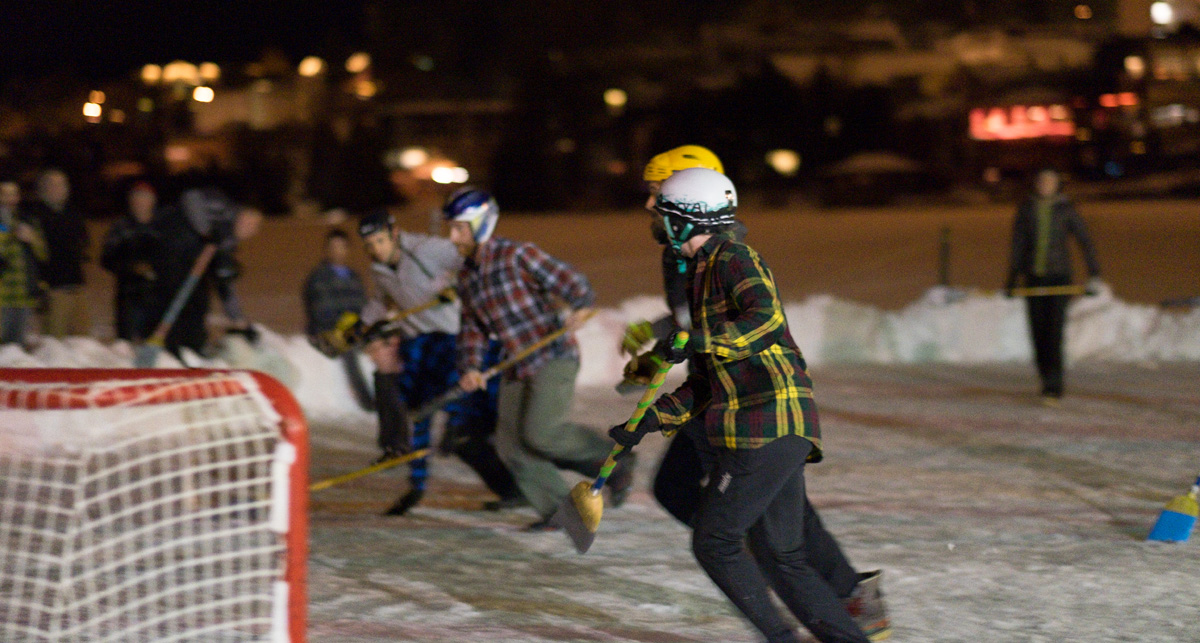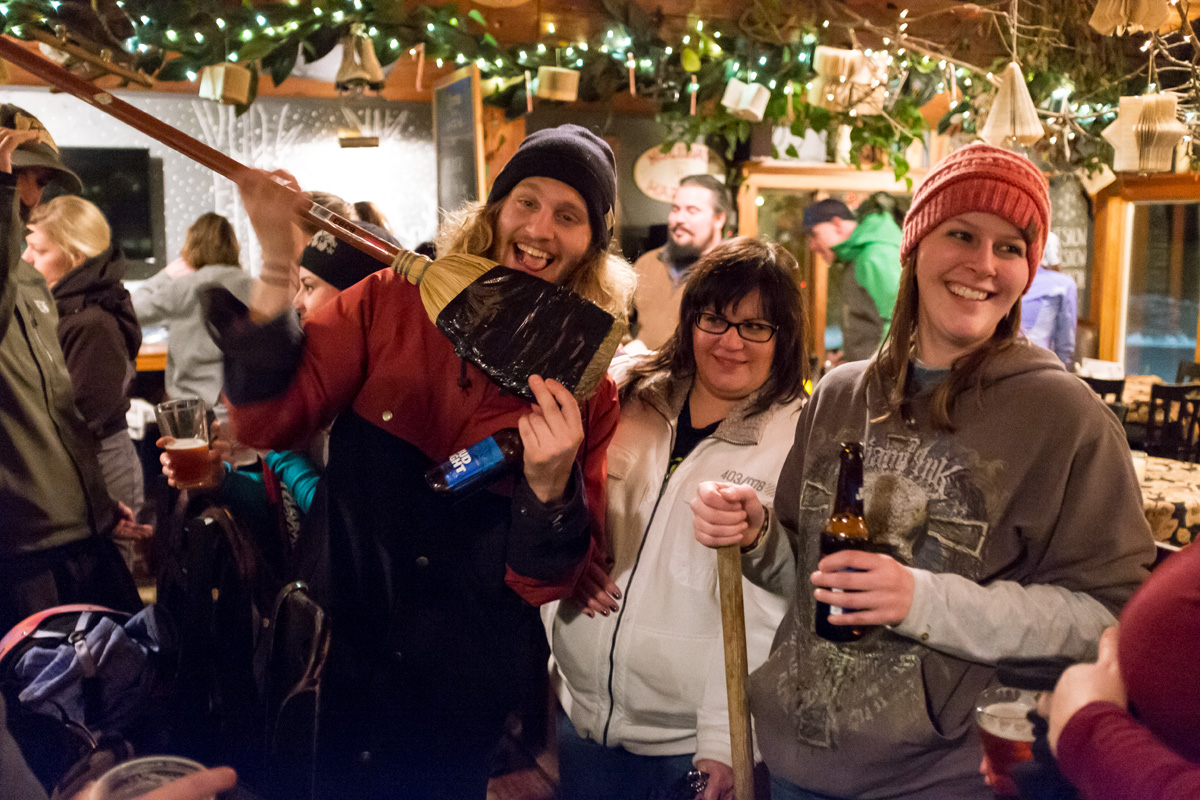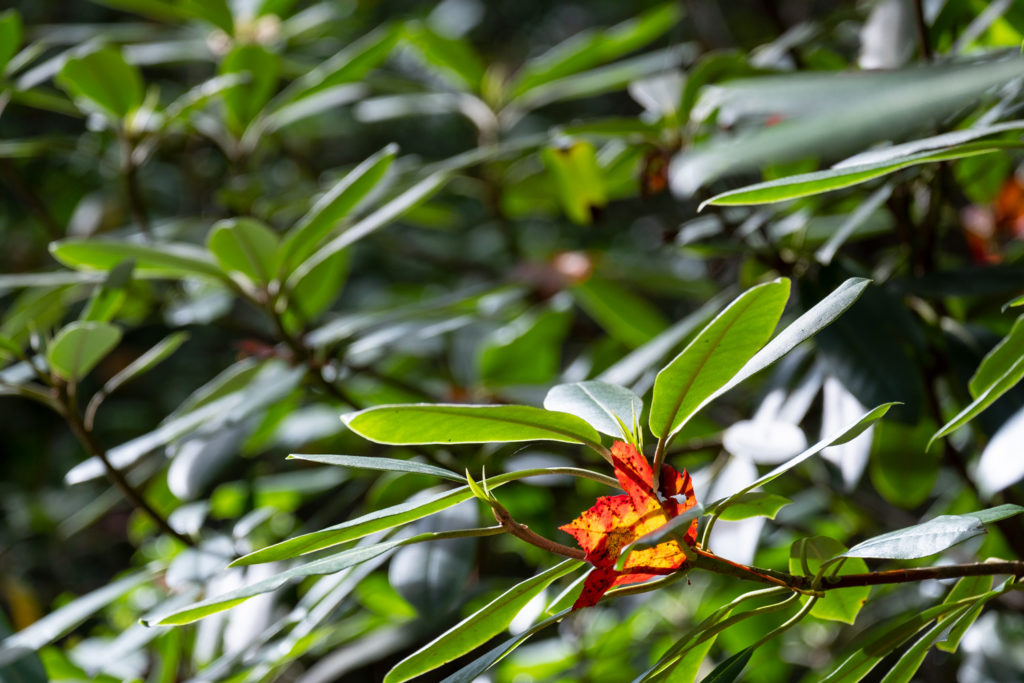
Autumn has come to an end on the Pocono Plateau. Not so much the calendar season, as that ends with the winter solstice. But photographically, the season was over after a late October nor’ easter which stripped most of the trees of their remaining leaves. Soon nature followed with early season snow. For now, winter seems to have begun.
It was a lovely fall this year. There was a lot of mild dry weather that delayed the foliage peak by about a week. There were rich colors contrasting the sodden flat season we experienced last year.
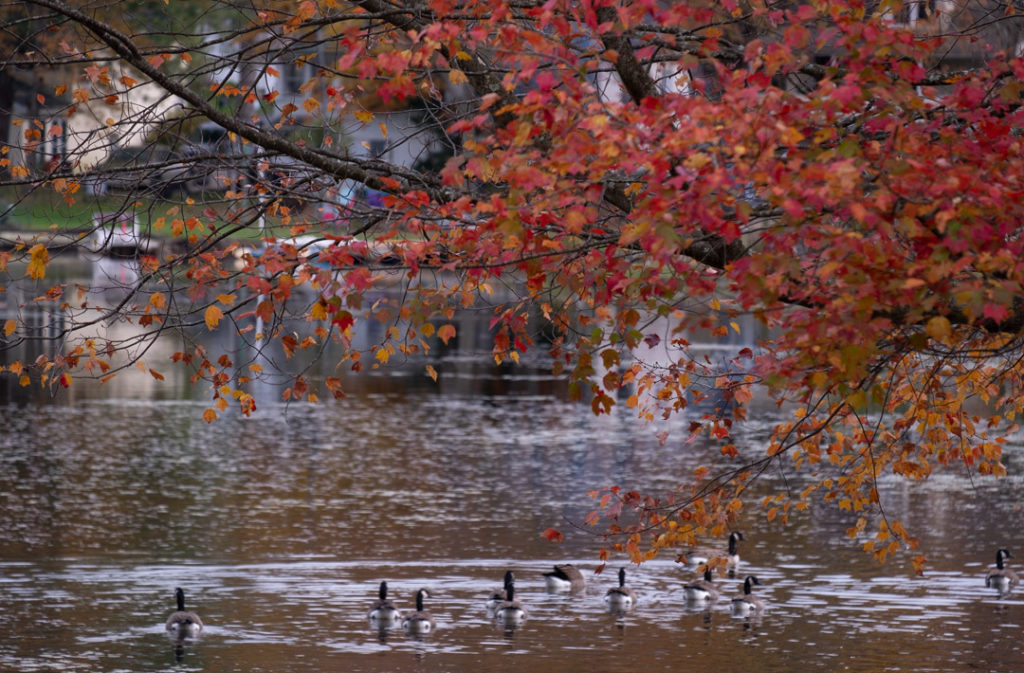
Here in northeastern Pennsylvania, the first signs of autumn occur in late August while it is still rather warm. Here and there the uniform green will be touched here and there by yellows and reds. The small maples, who tend to leaf out in the early spring to grab at sunshine before the canopy closes over, are also the first to turn in the fall. It is the sight of their bright red-orange leaves, scattered over the foliage and the ground that heralds the more colorful times to come.
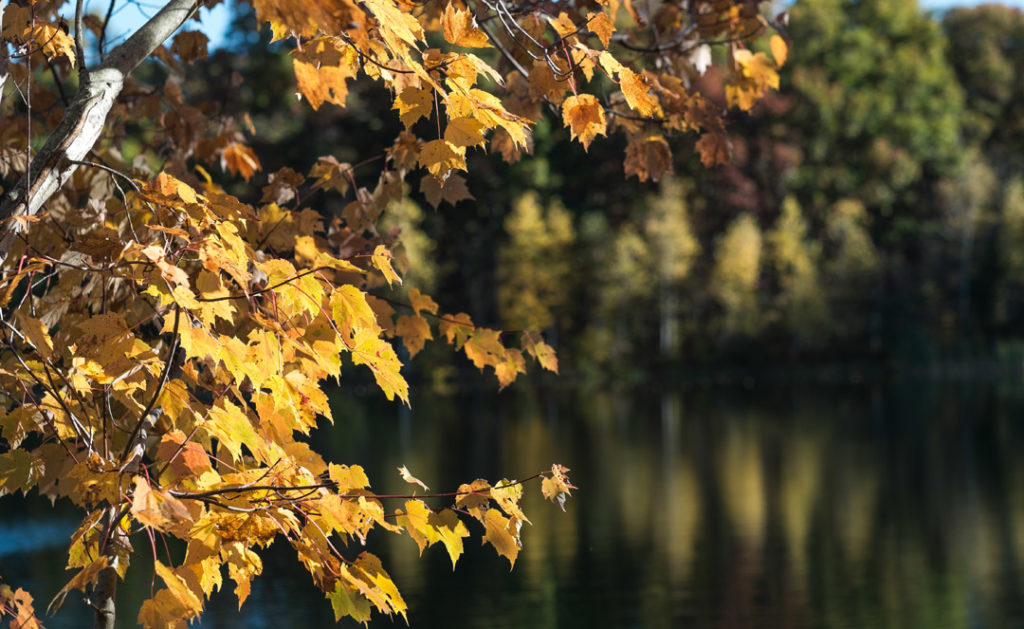
The larger maples are often the next to go. Soon the poplars, beeches, and hickories, will change. Underneath them, the forest floor is transformed by the bright orange of the Cinnamon ferns, and the pale yellows of the hay-scented variety, accented by the deep red of the low-bush blueberry and other heaths that carpet our woodlands.
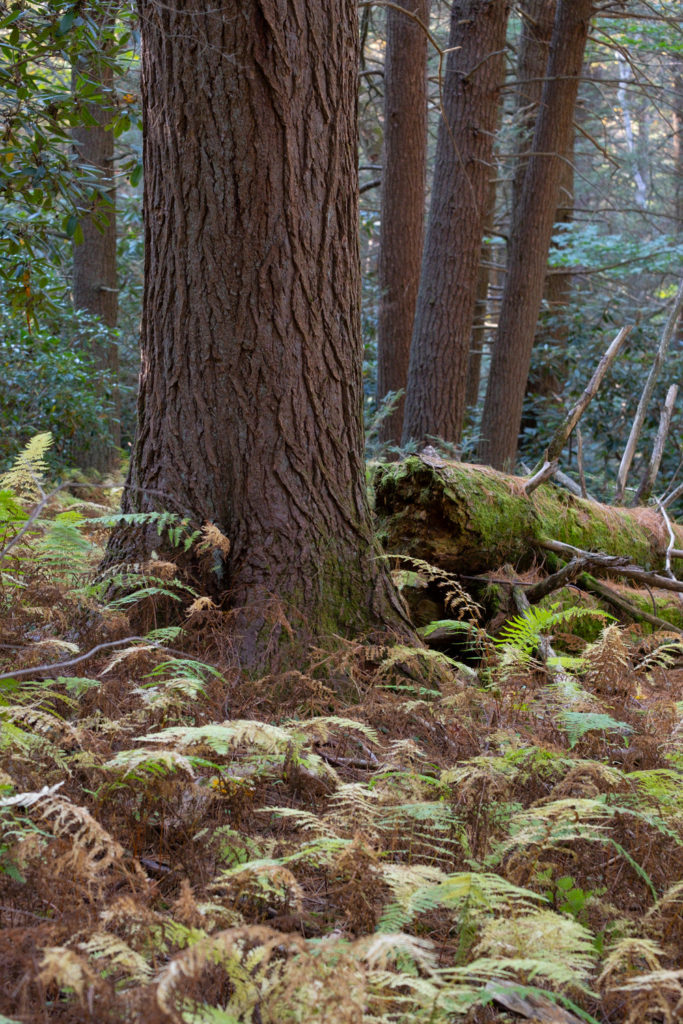
The holdouts tend to be the oak trees, the prevalent species on most of our local ridge tops. They stubbornly stay green until the rest of the trees have passed their peak, finally displaying a variety of orange and crimson colors to the fading forest.
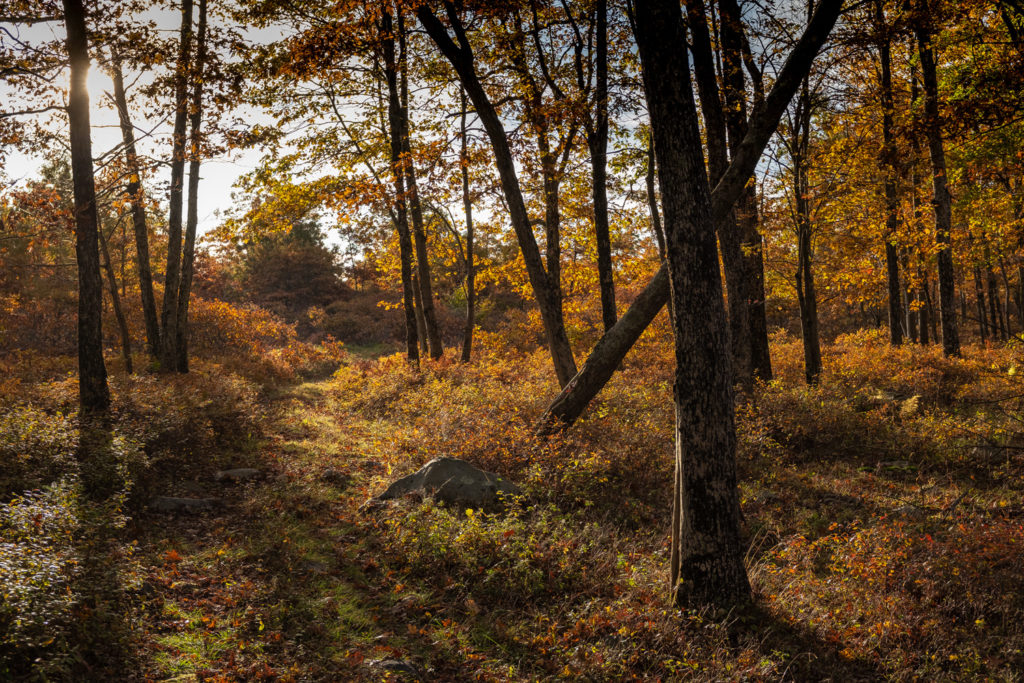
I for one truly enjoy the fall, particularly the midseason with temperatures in the high fifties and low sixties. This affords me the option of wearing sweaters once again, the better to cover my lumpy sixty+ year old body. I enjoy finally being able to shoot deliberately, often with a tripod without being assaulted by legions of biting insects. I love the cool crisp mornings with frost coating the landscape.
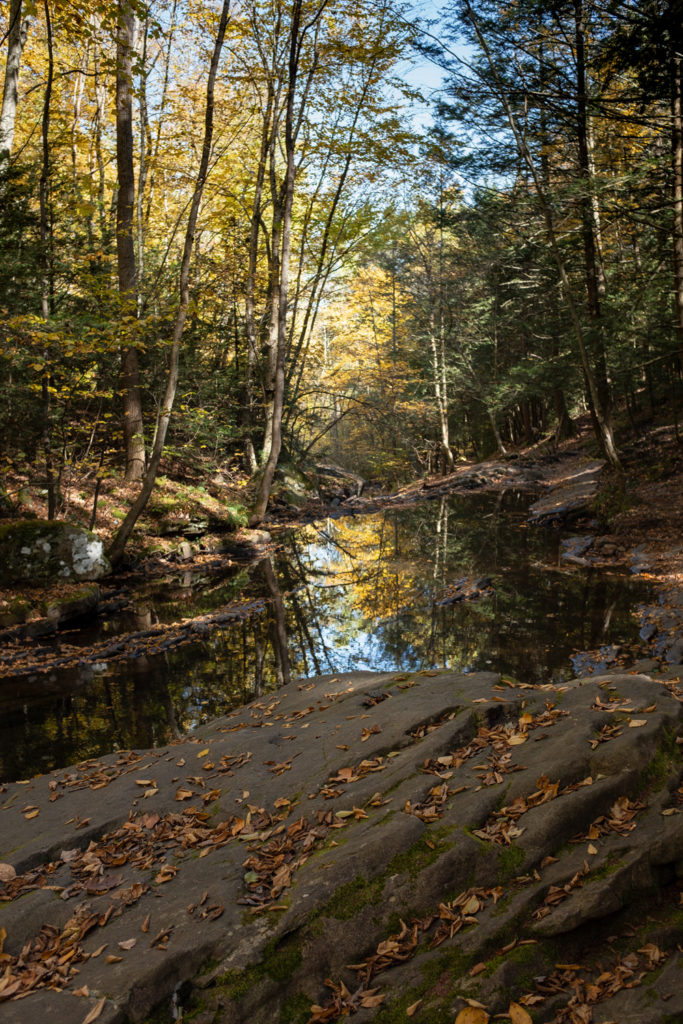
Now in mid-November, as I write this, the ground is covered with a light coating of snow. It has been rather cold for several days with daytime highs in the high 20’s The deer are acting strangely, moving about in larger groups a way one seldom sees in the summer. Unfortunately, one particular little buck wandered in front of my pickup truck in the last week, causing considerable damage, and ending his short life.
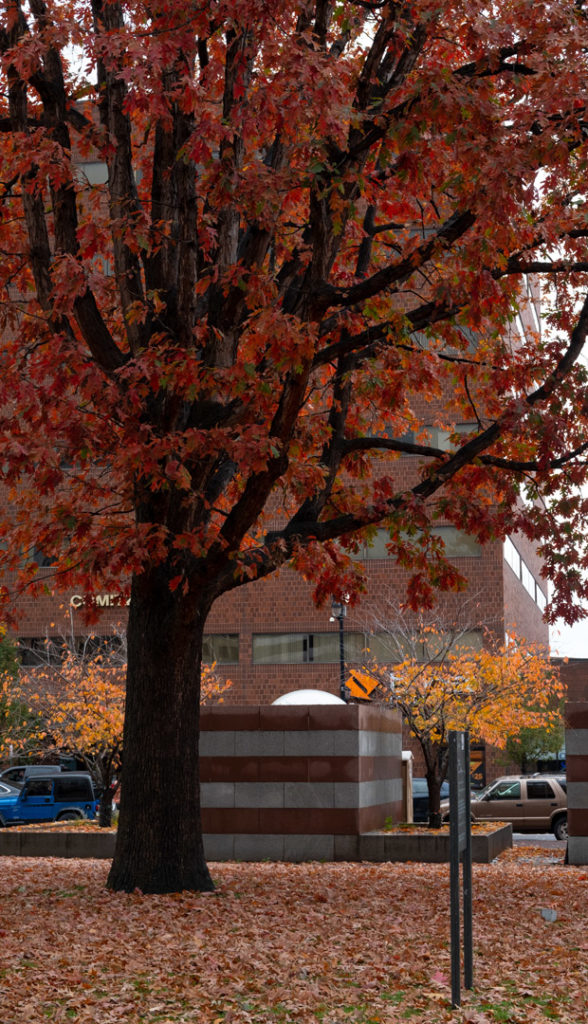
I have not seen a bear in several weeks. I hope they are “denning up” so that my garbage can go out in the evening rather than in the early morning shortly before the truck arrives.
In this season, I occupy my time by gathering and splitting firewood to fill my woodshed. Once the leaves on my lawn are dealt with, it becomes time to change my equipment over to the tools of snow removal.
So now we have an early taste of winter. Unlike most people I know, I actually hope that this is a sign of what’s to come, as, without snow, winter to me is just a bleak brown season devoid of recreational and photographic opportunity.
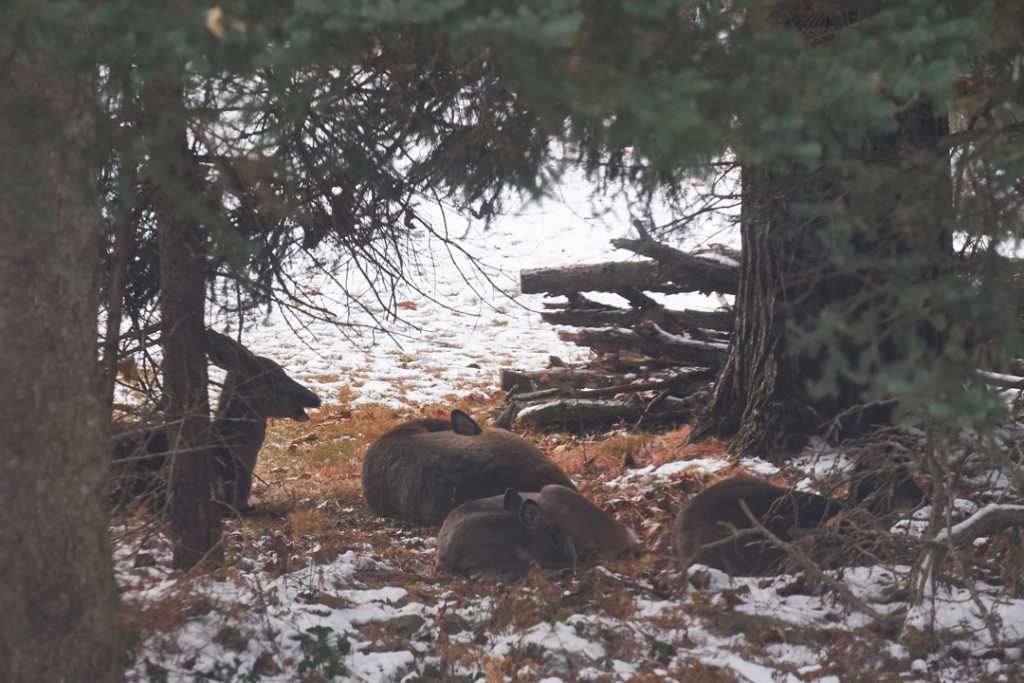
Now, as it is dark shortly after work, I must content myself with a book and a warm fire.
Hopefully soon, the real winter will begin.


